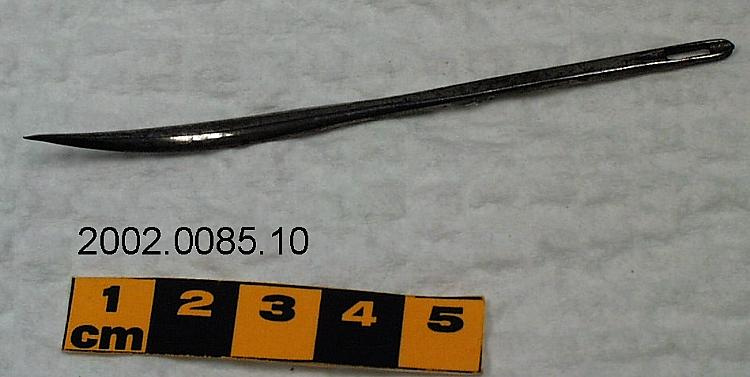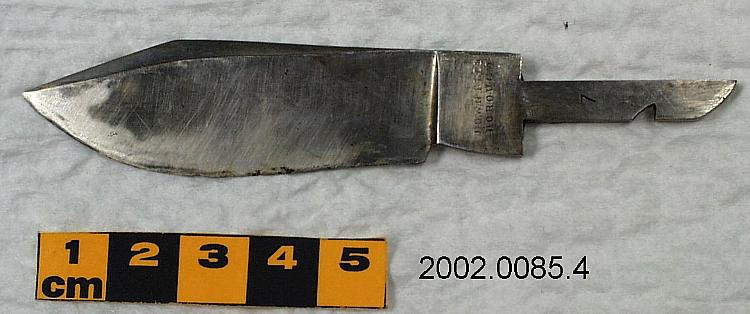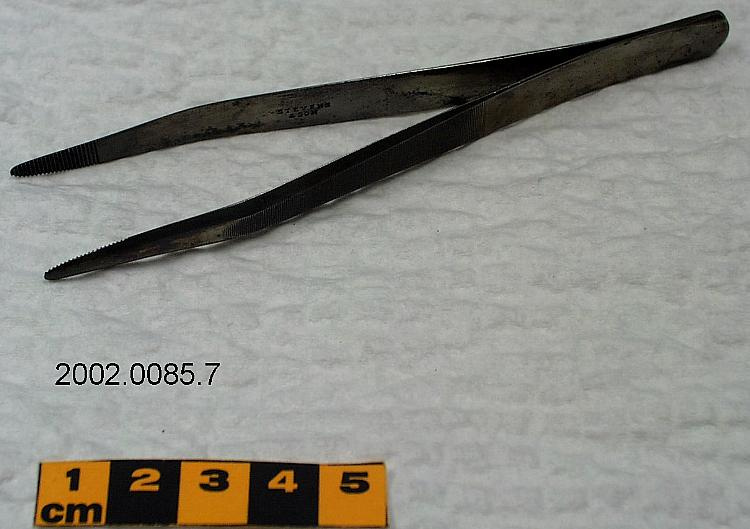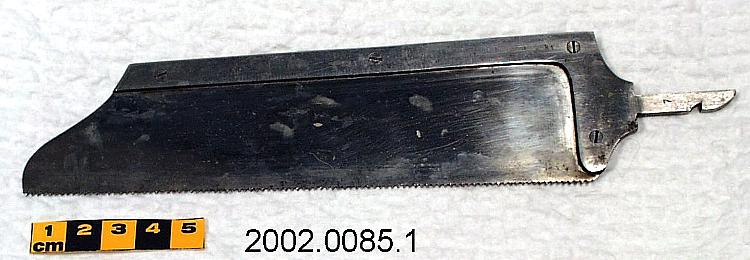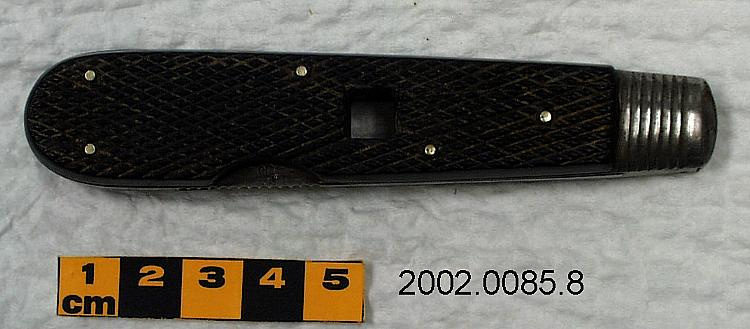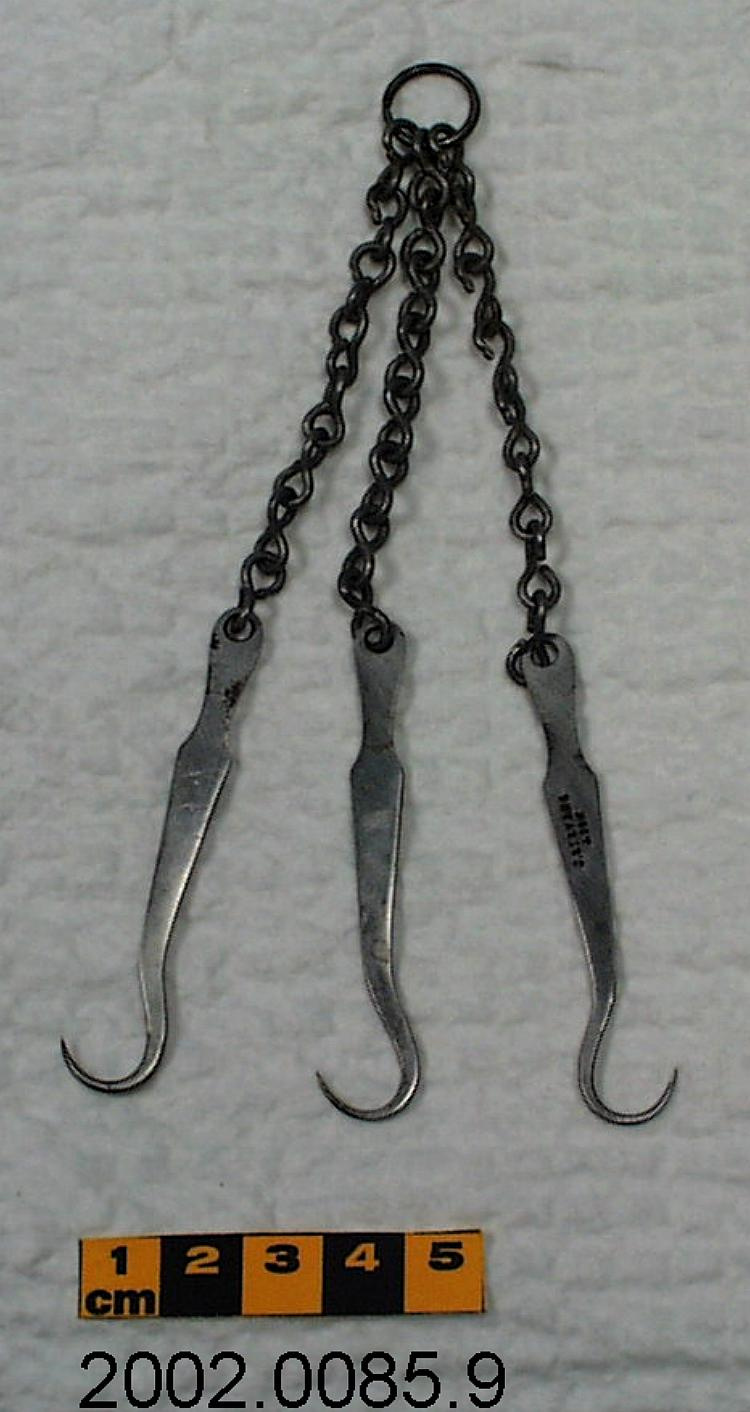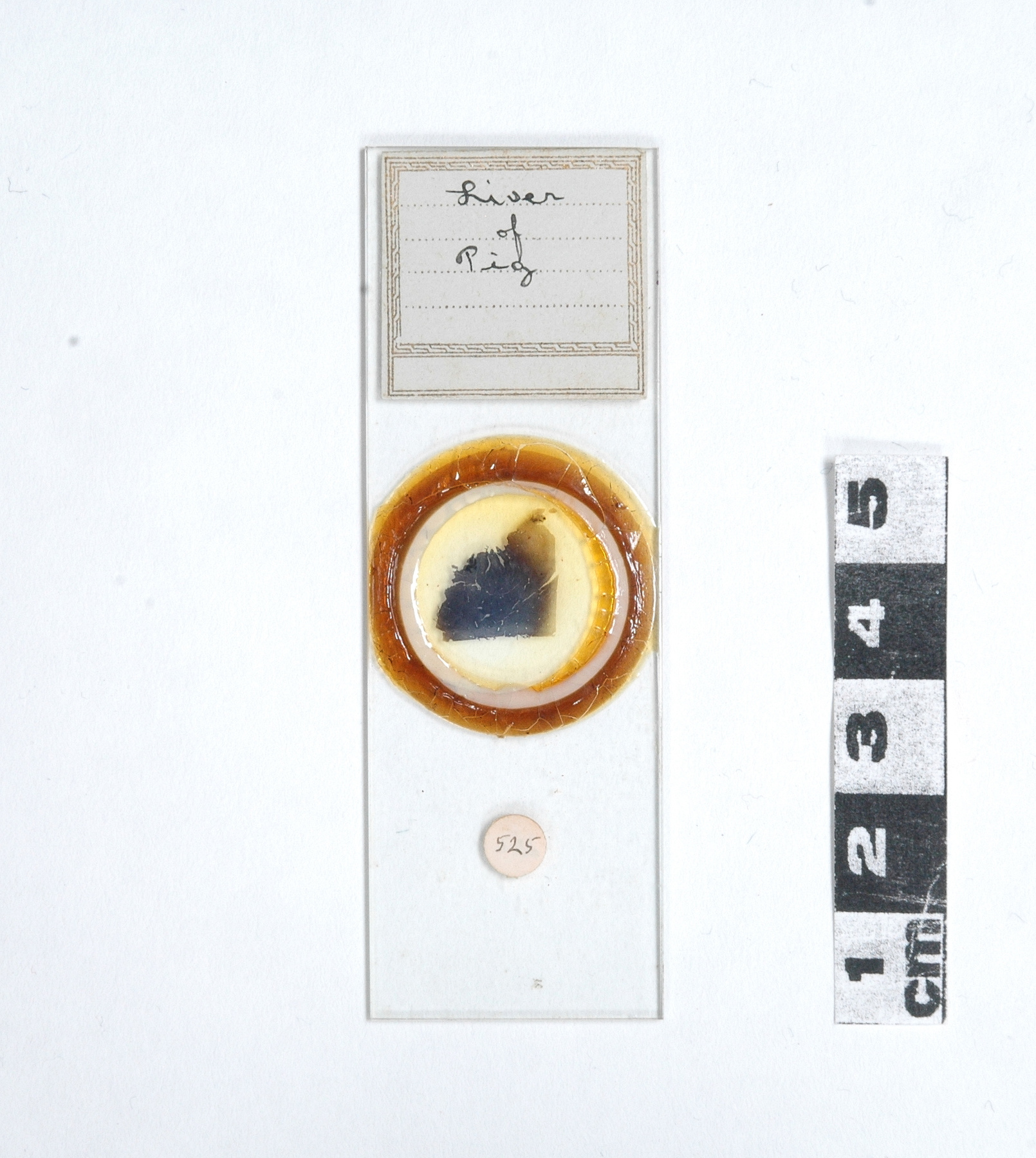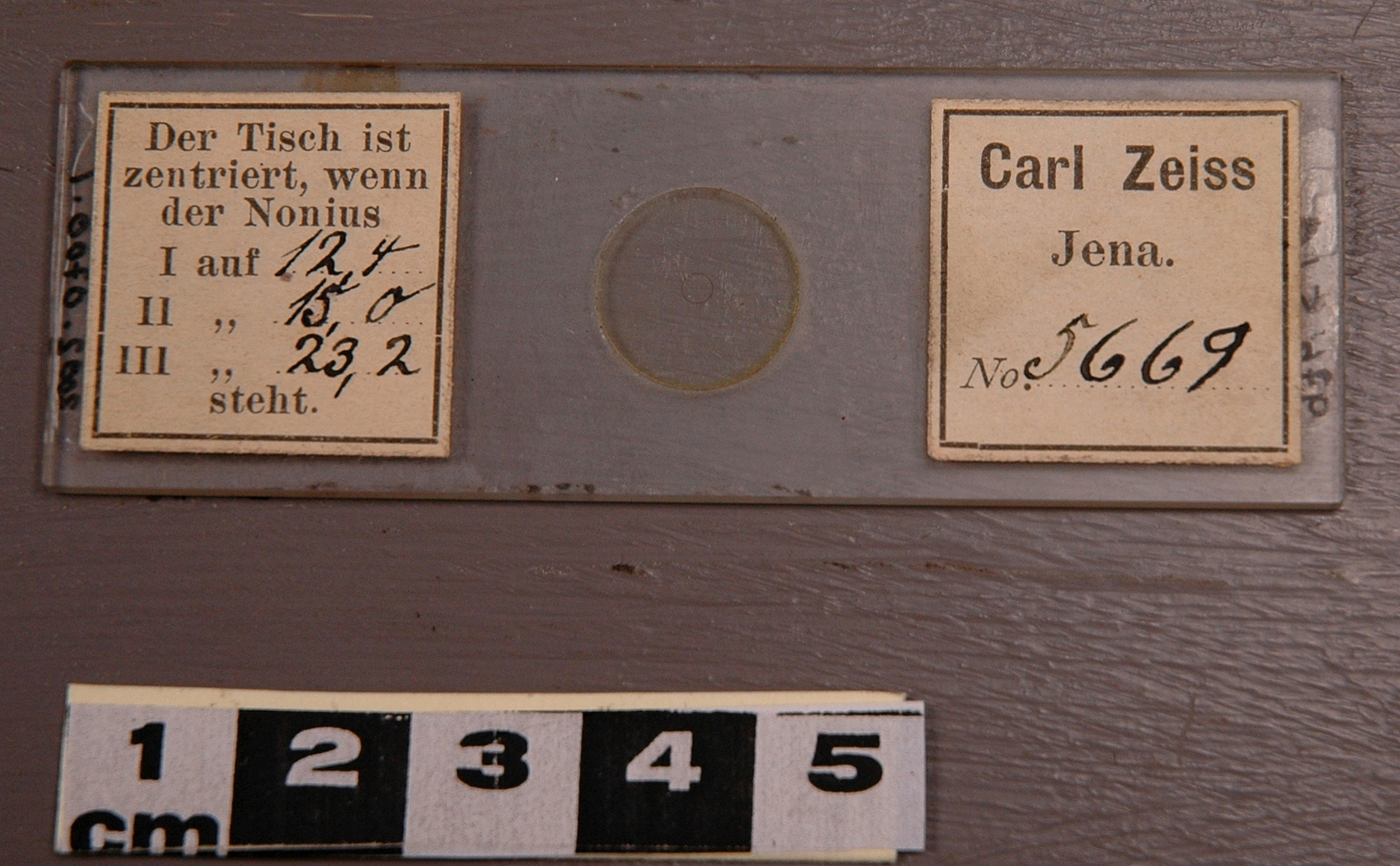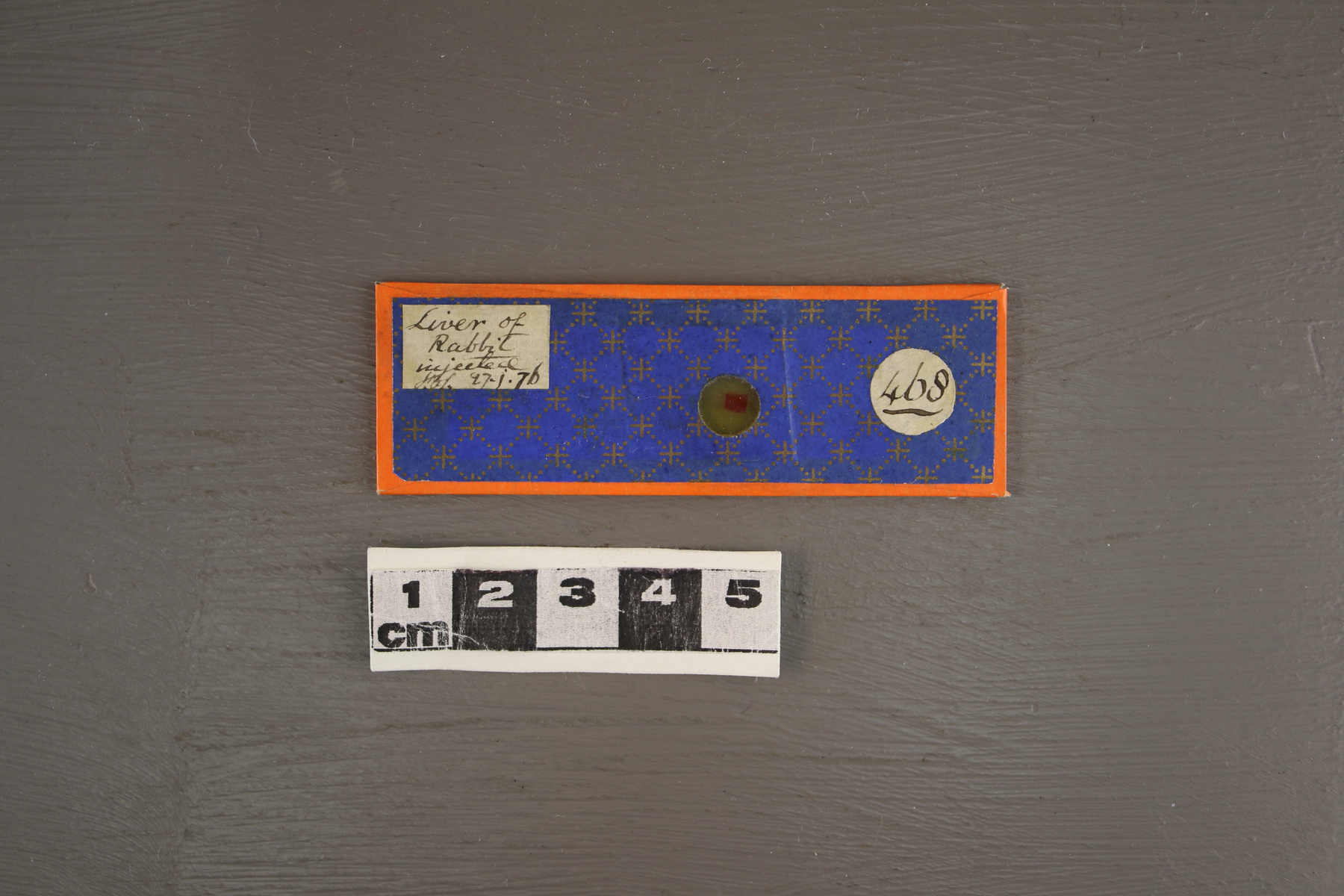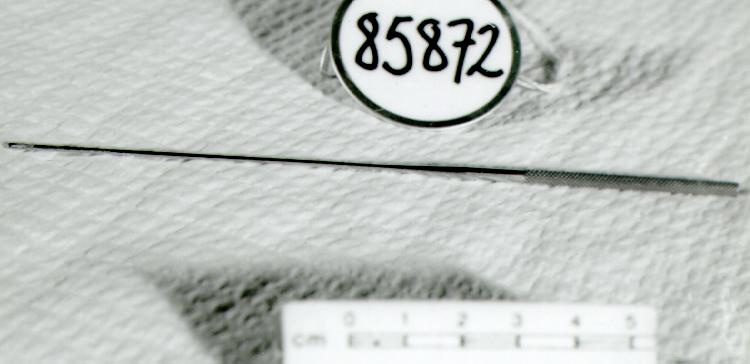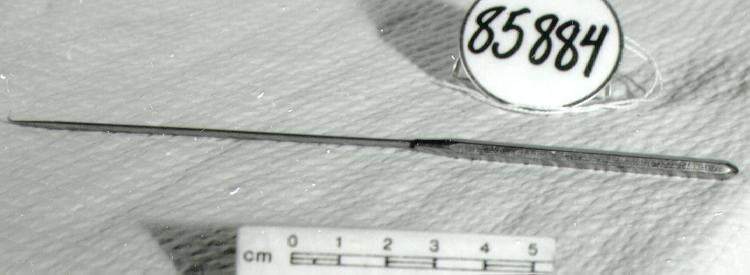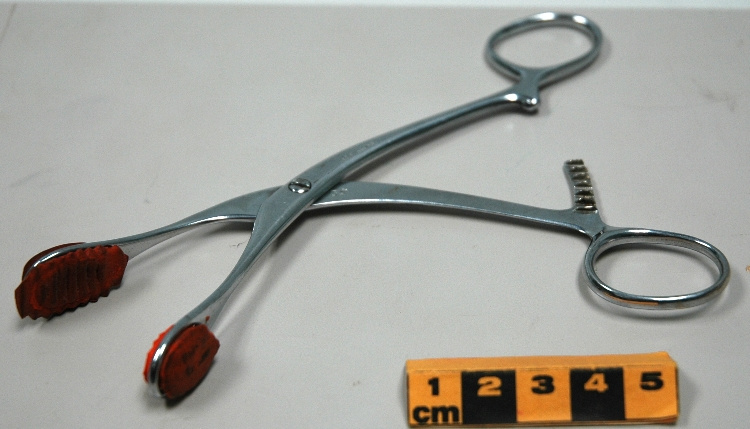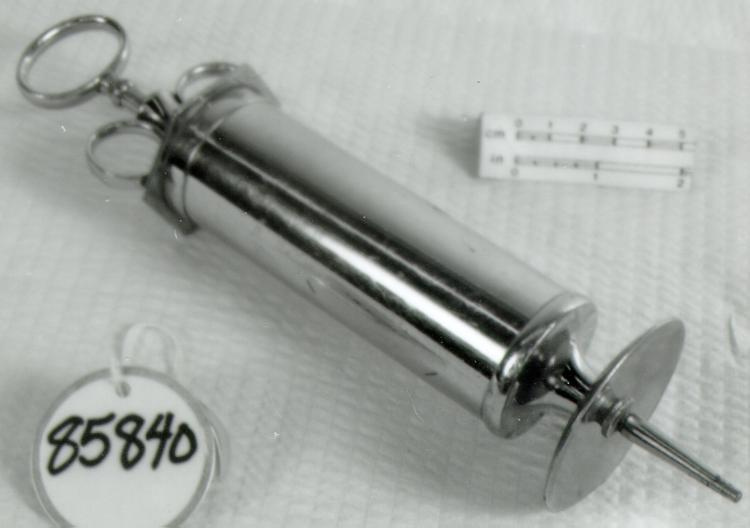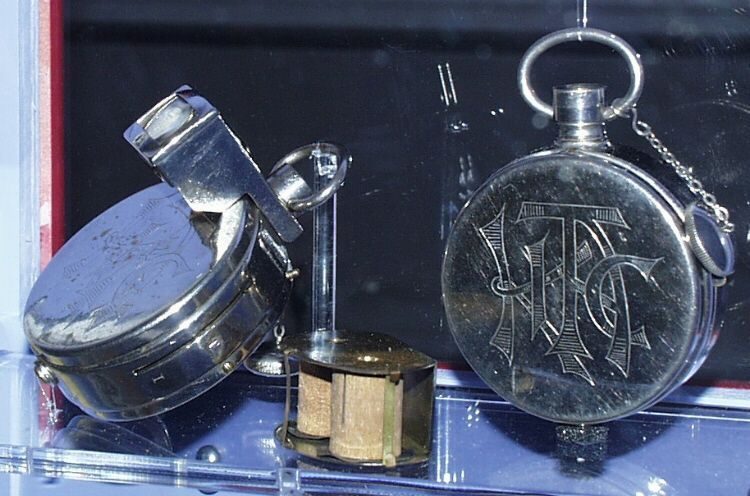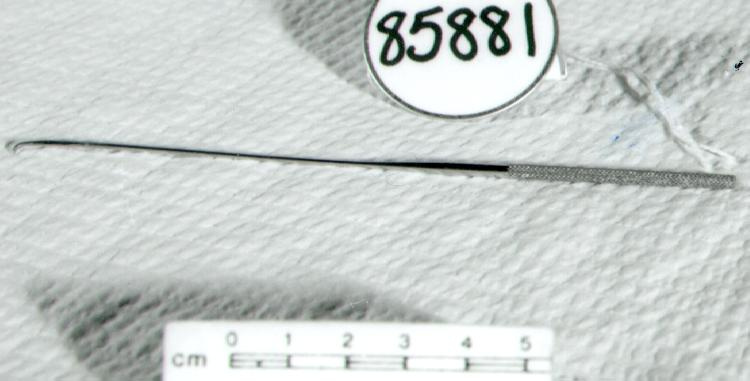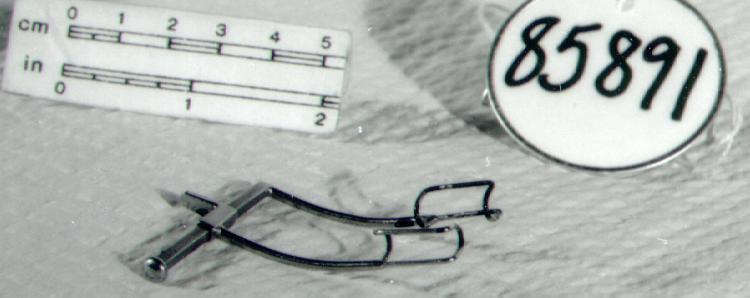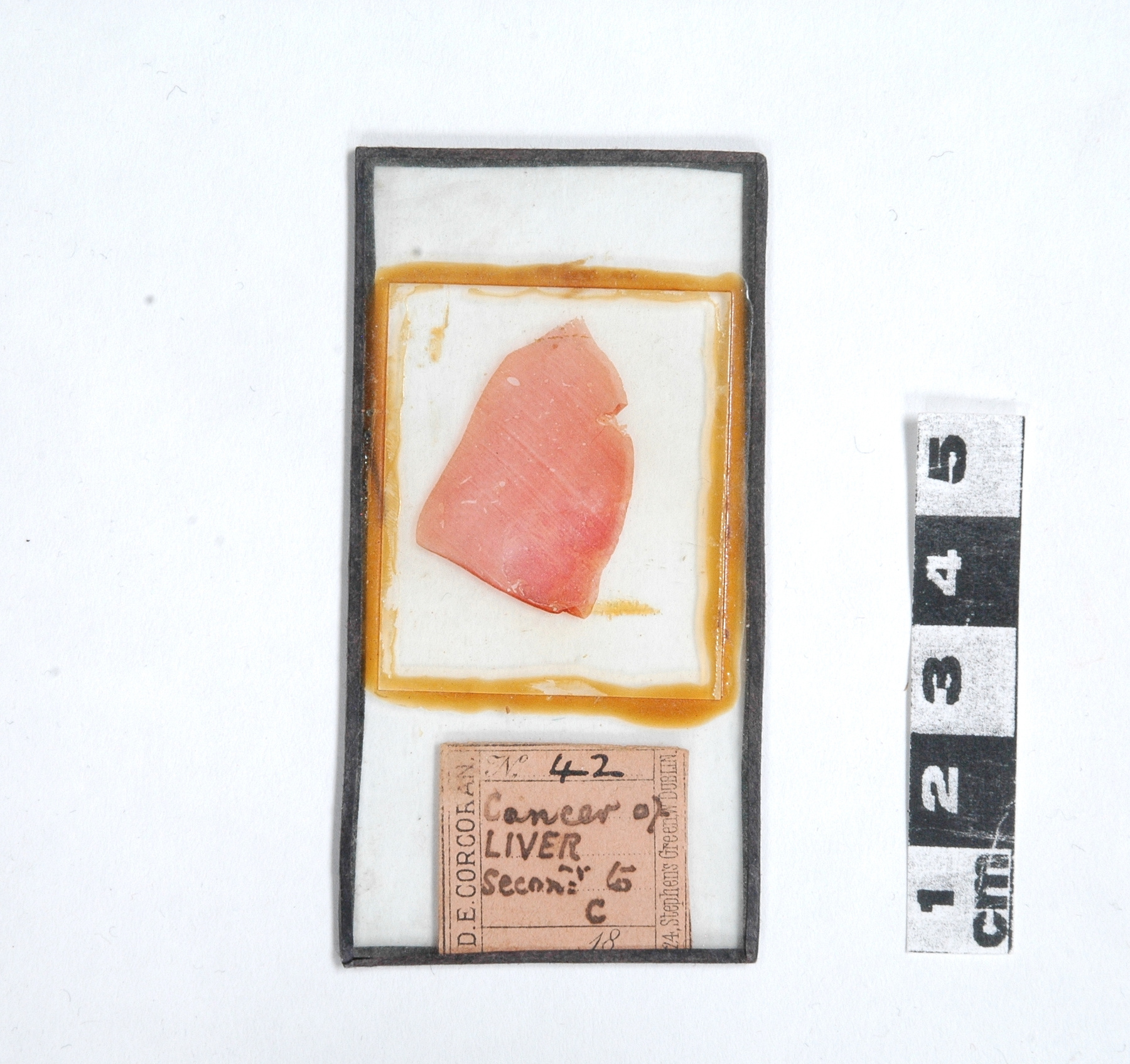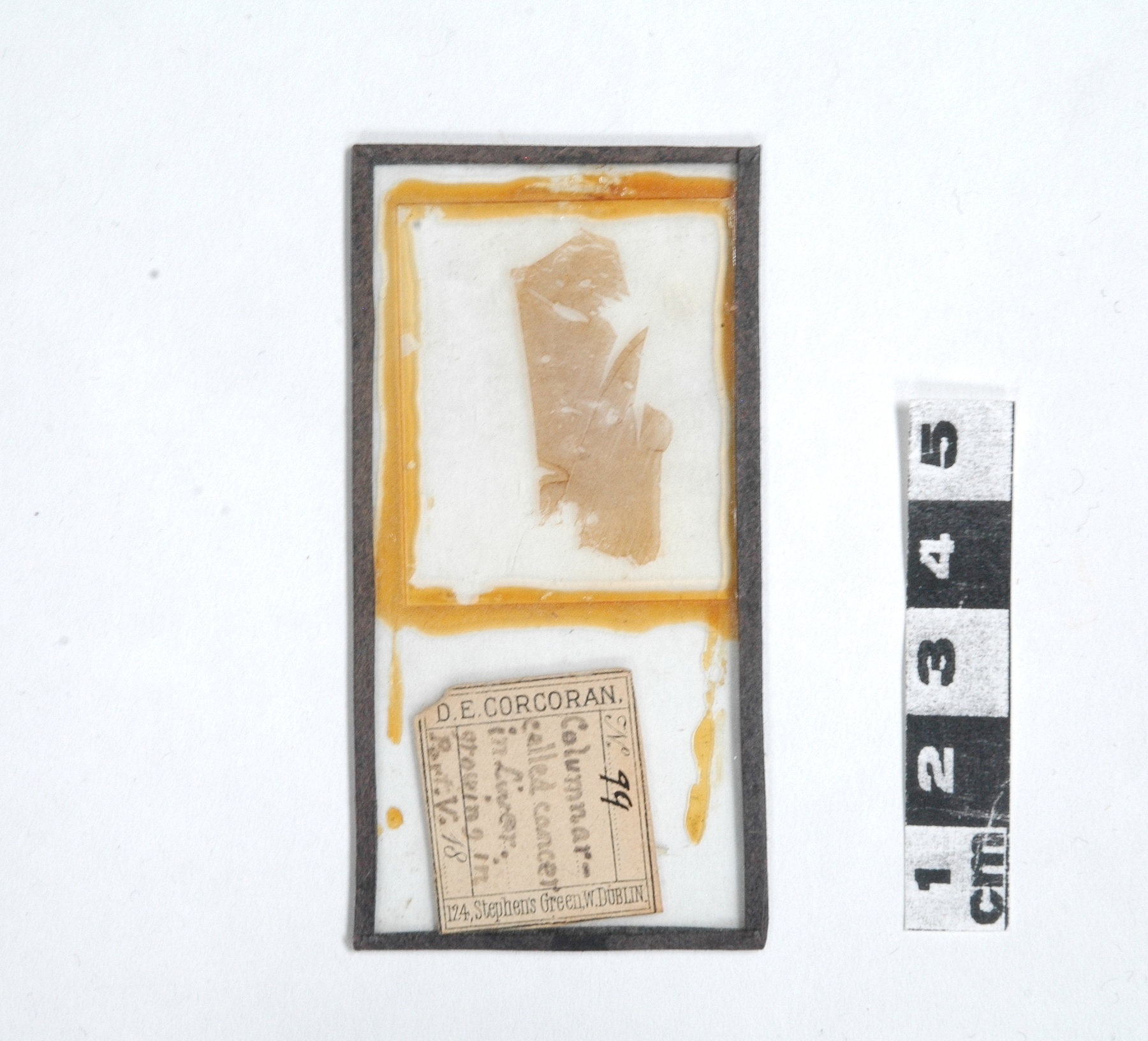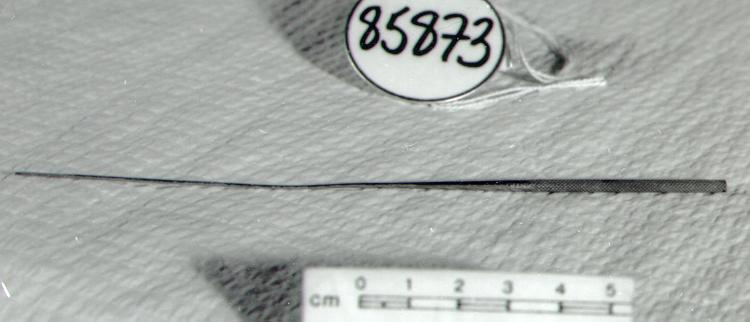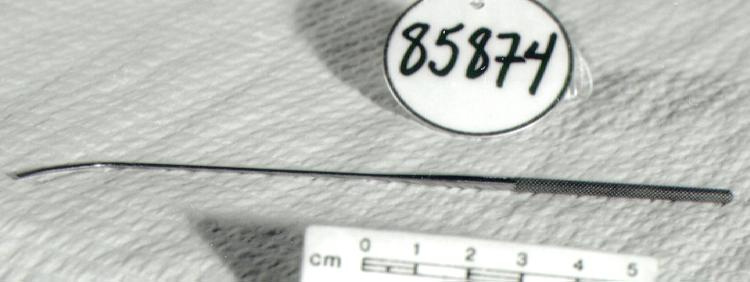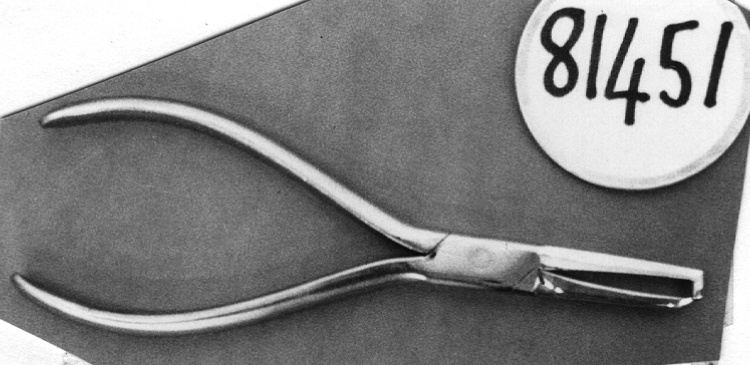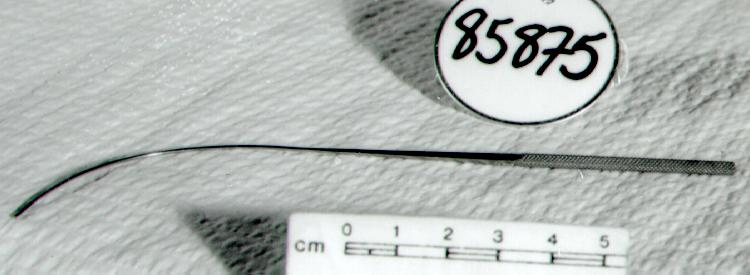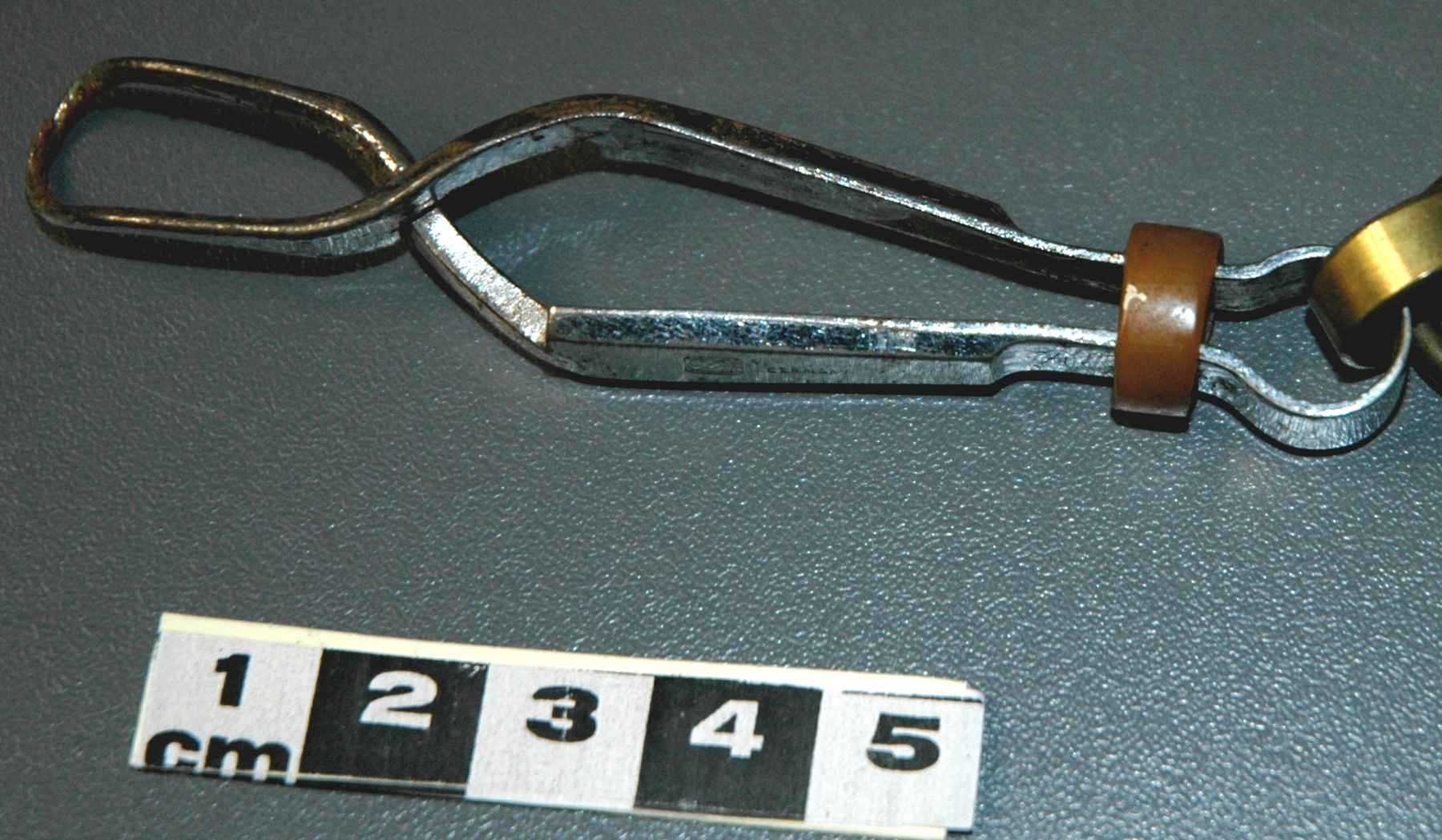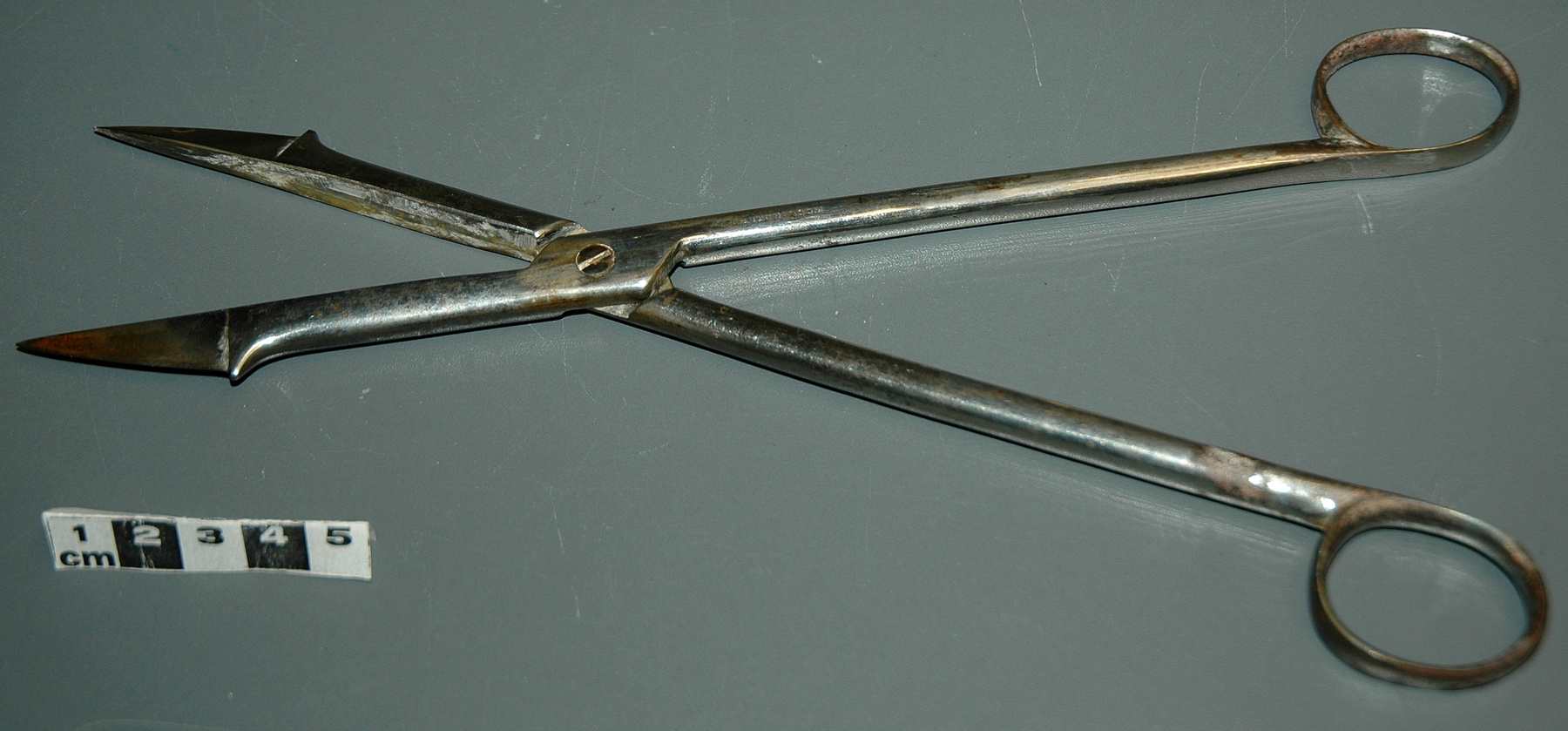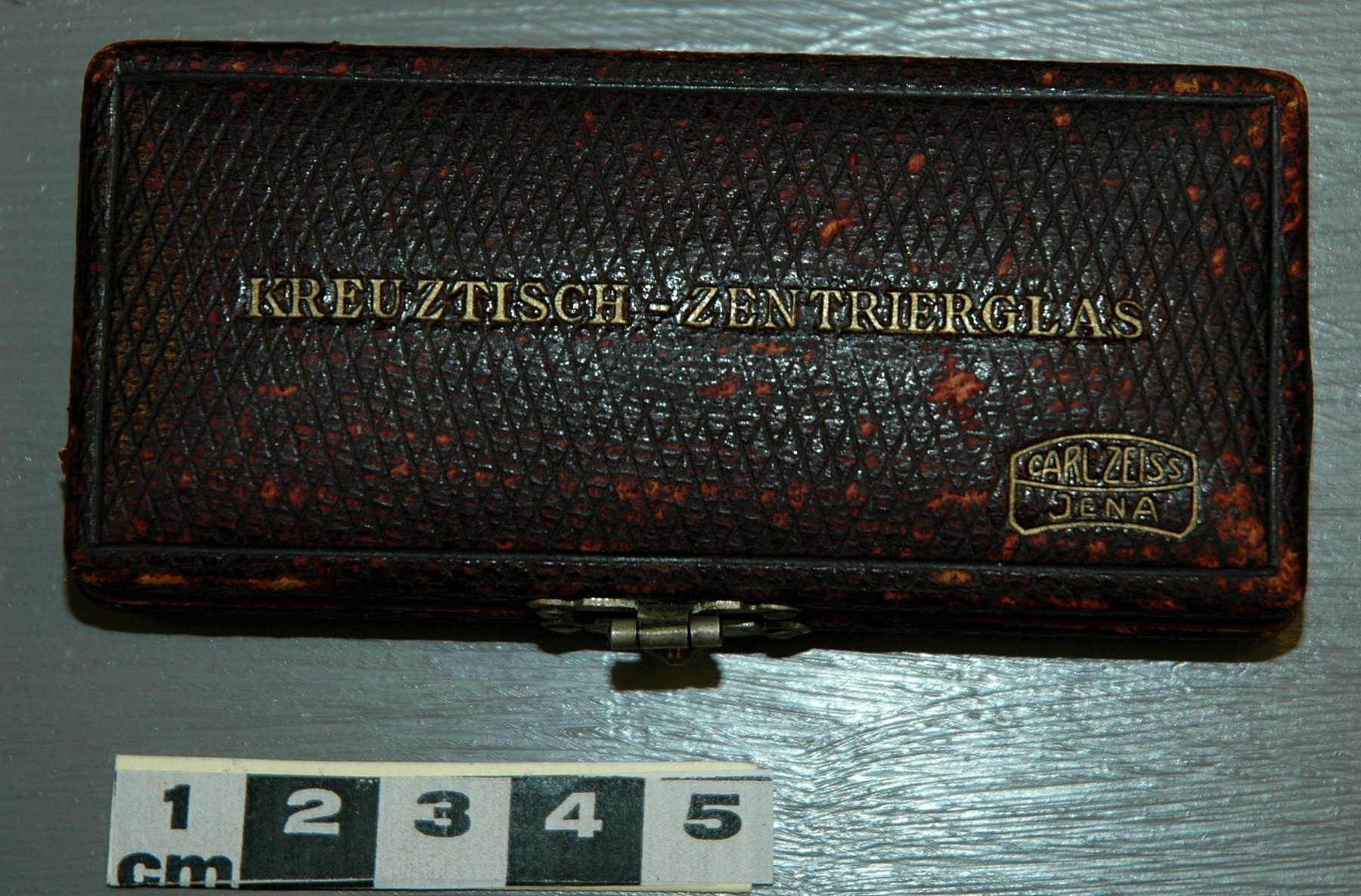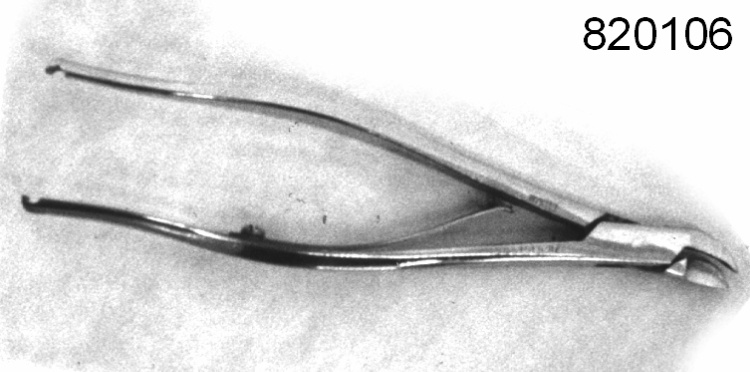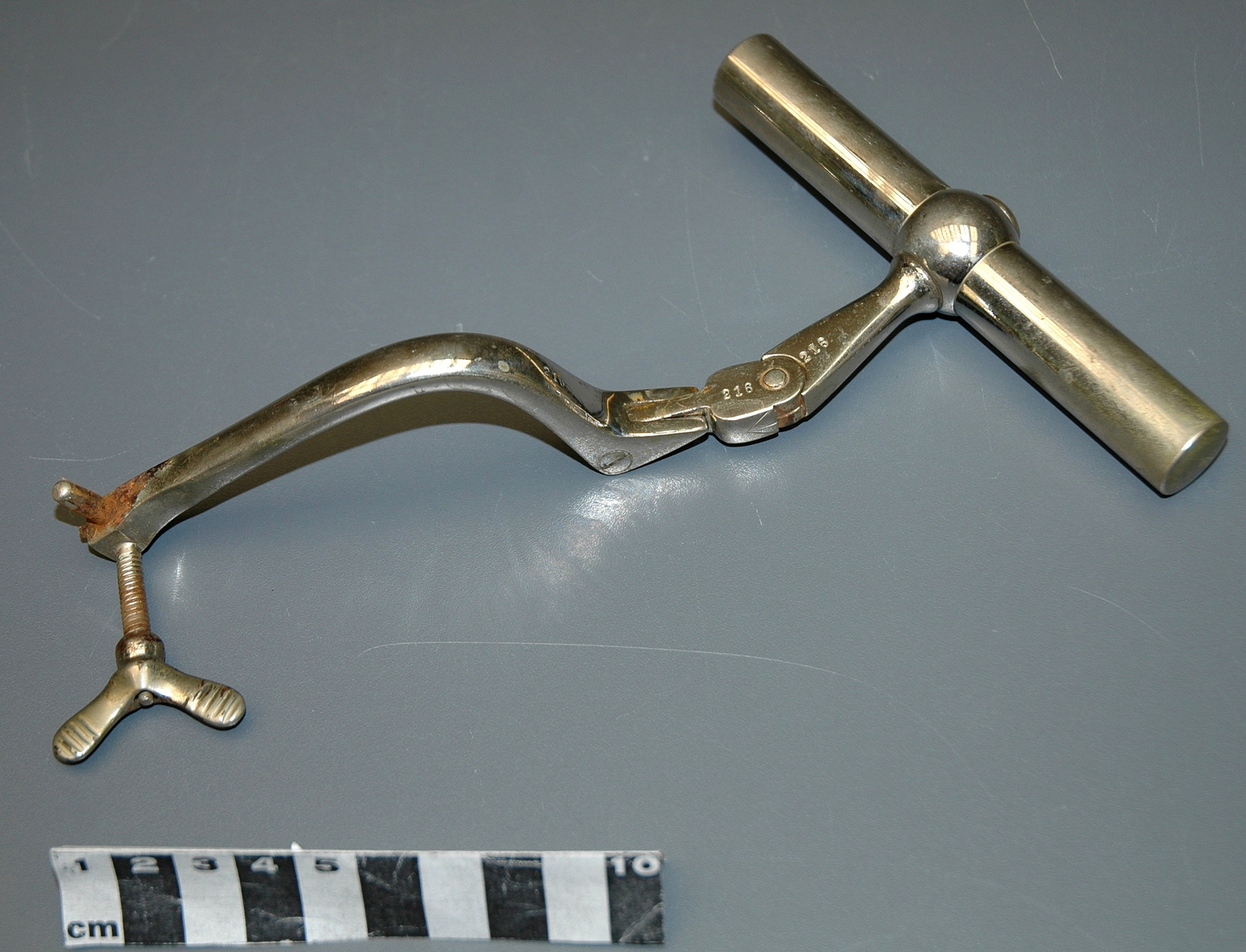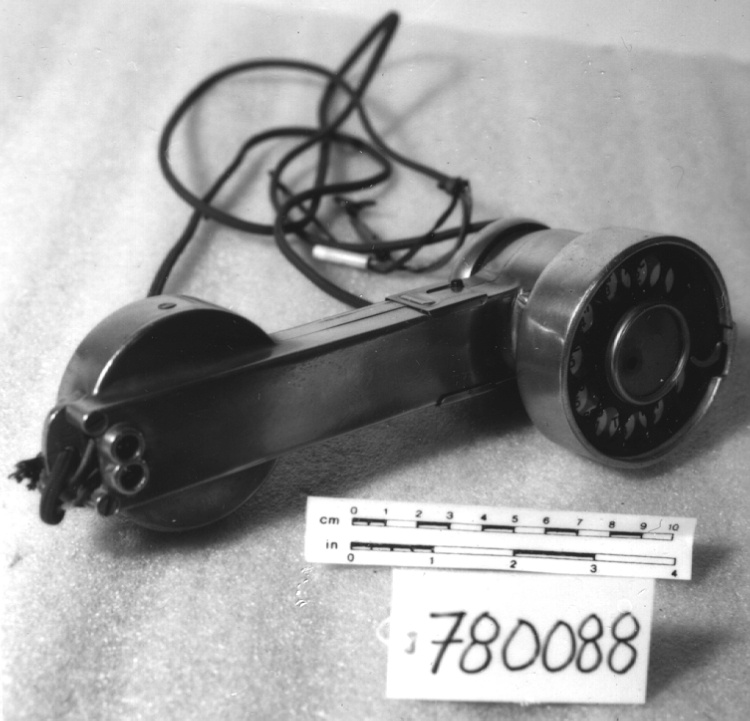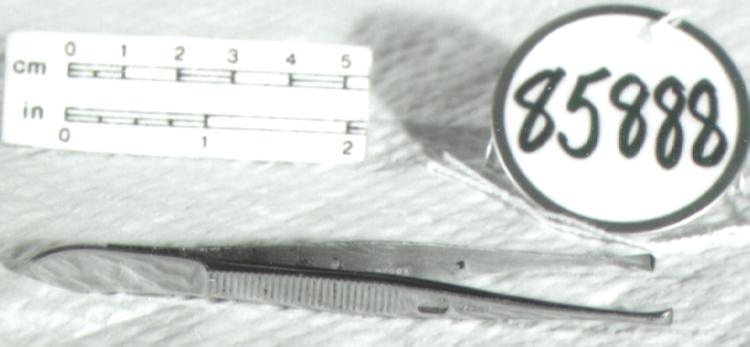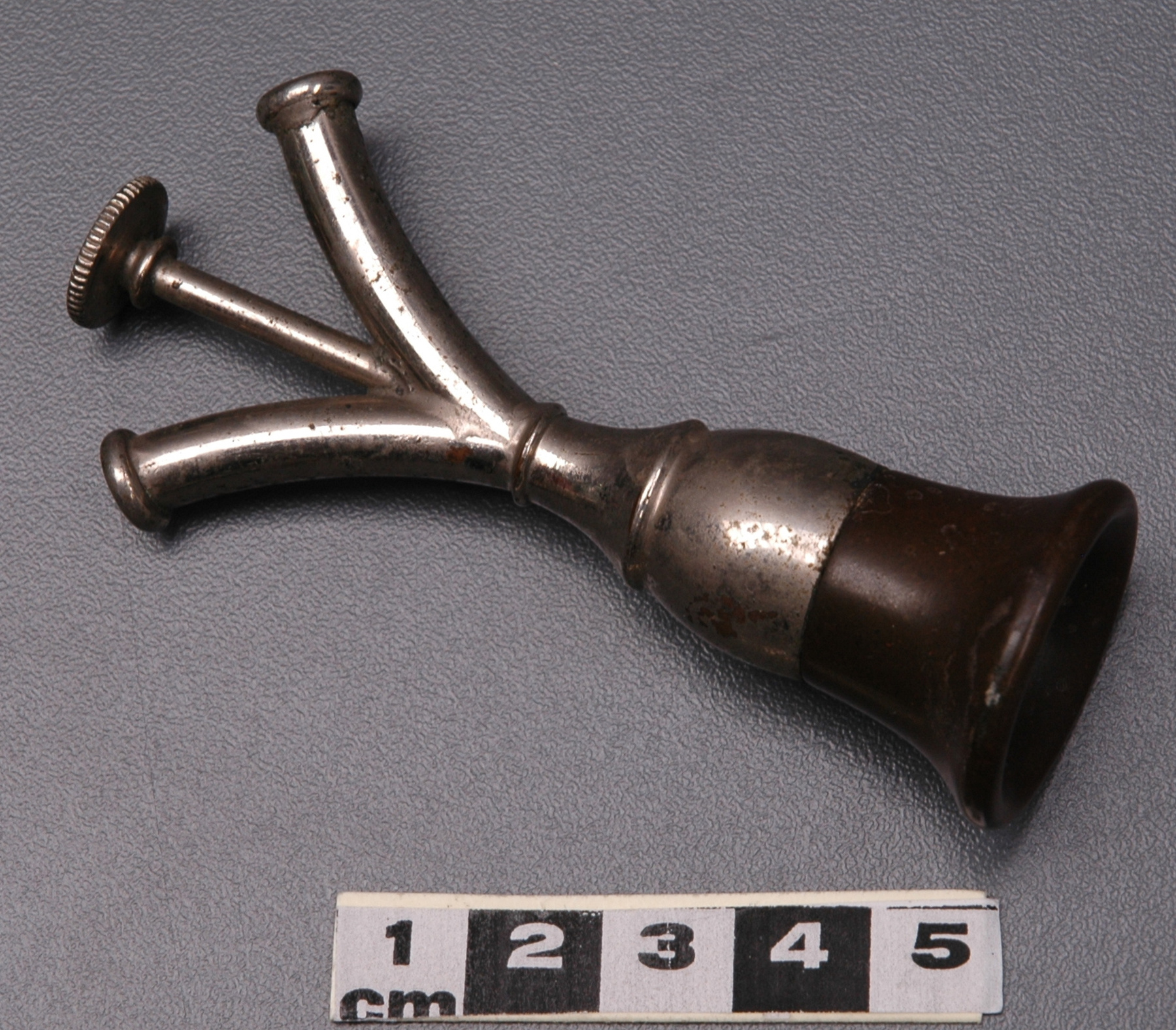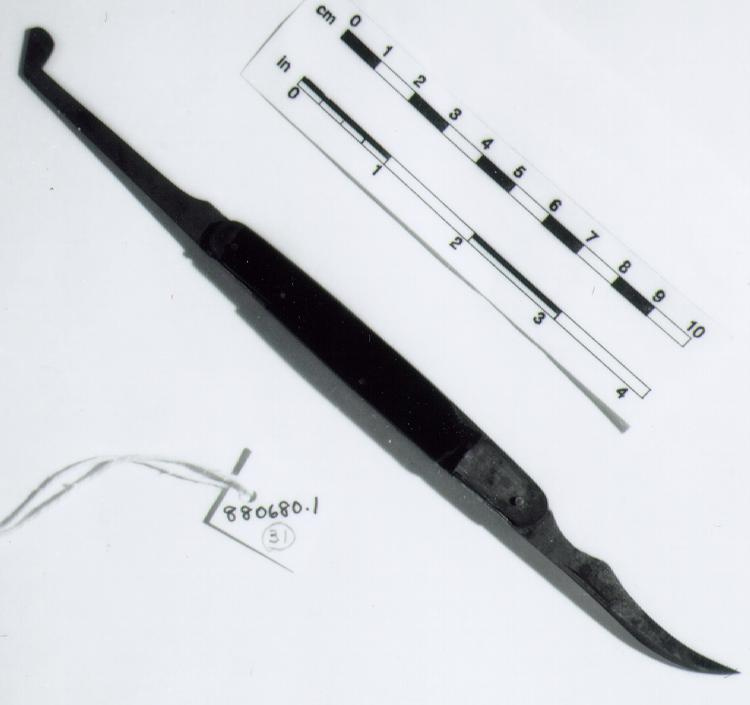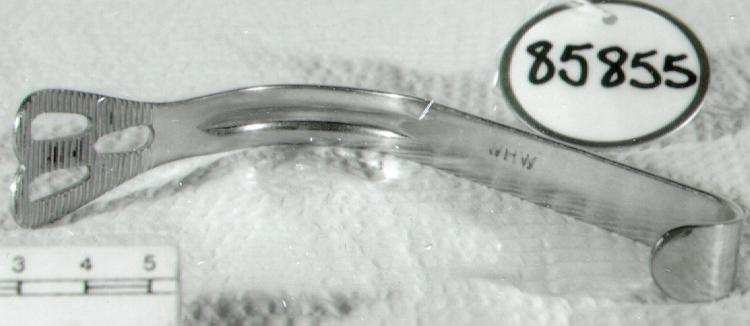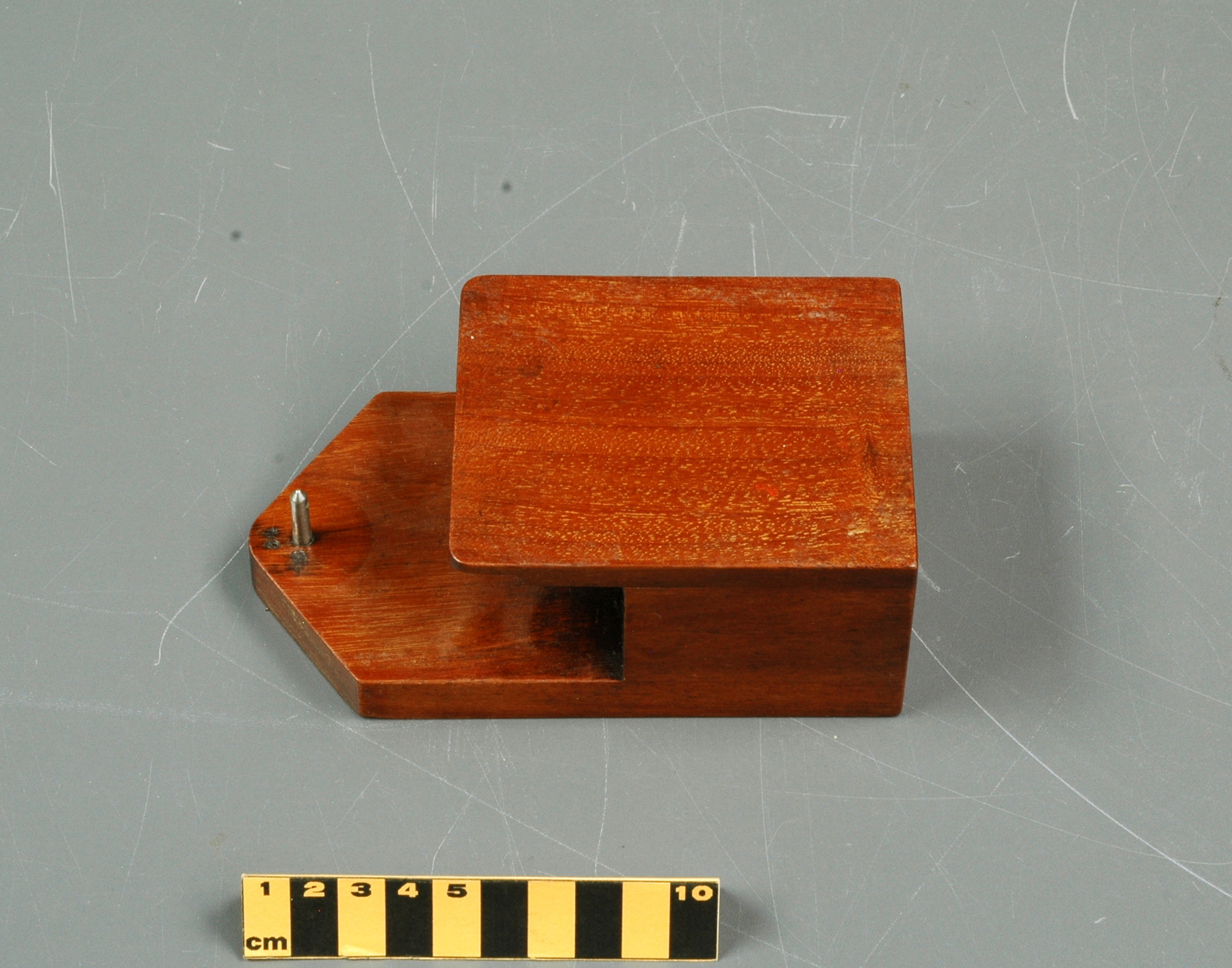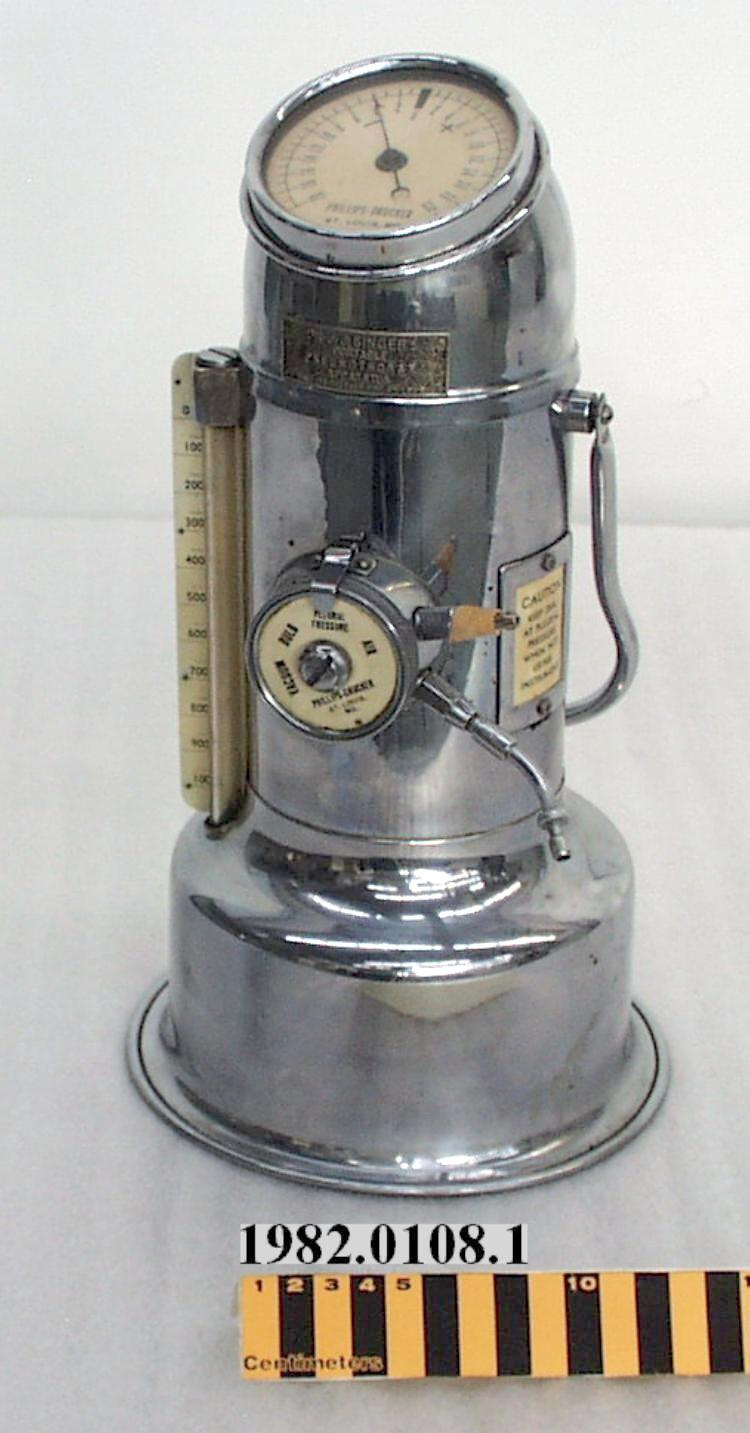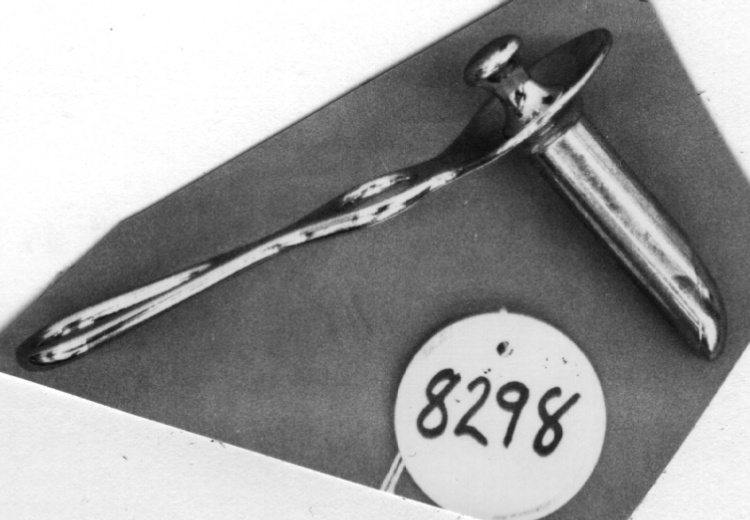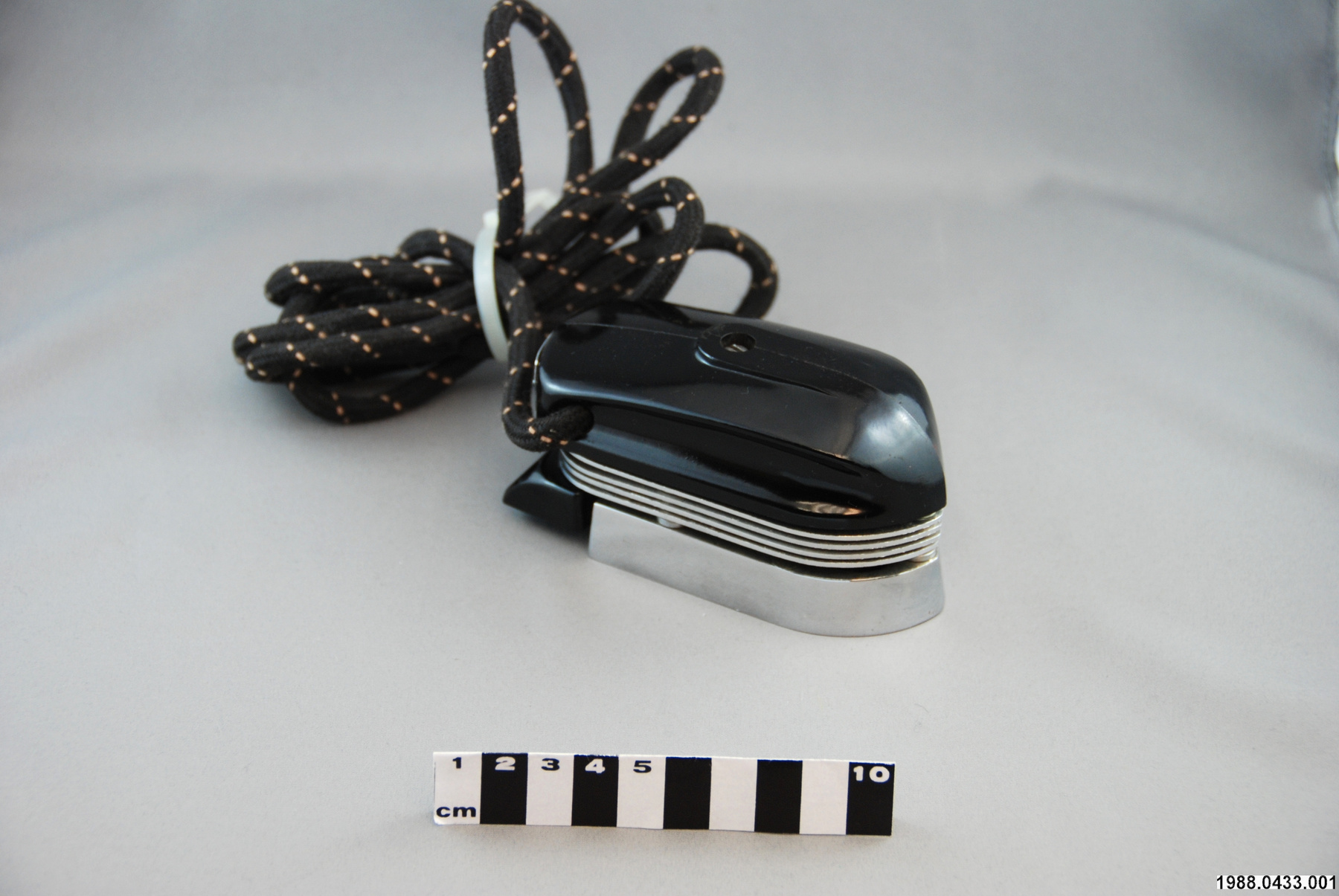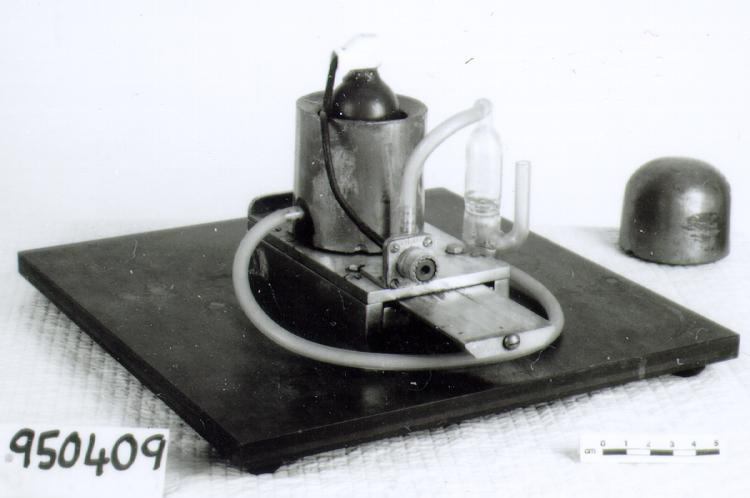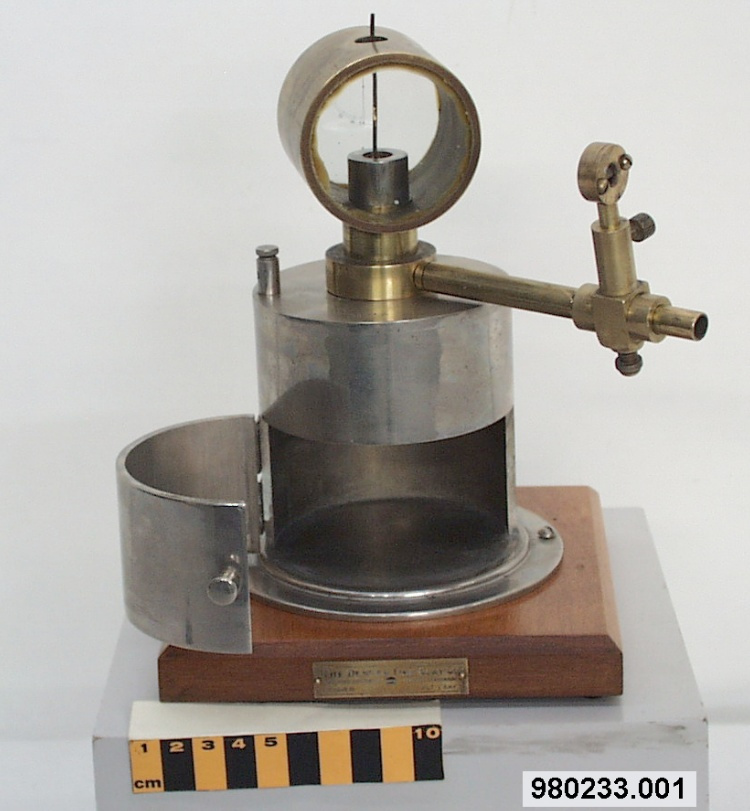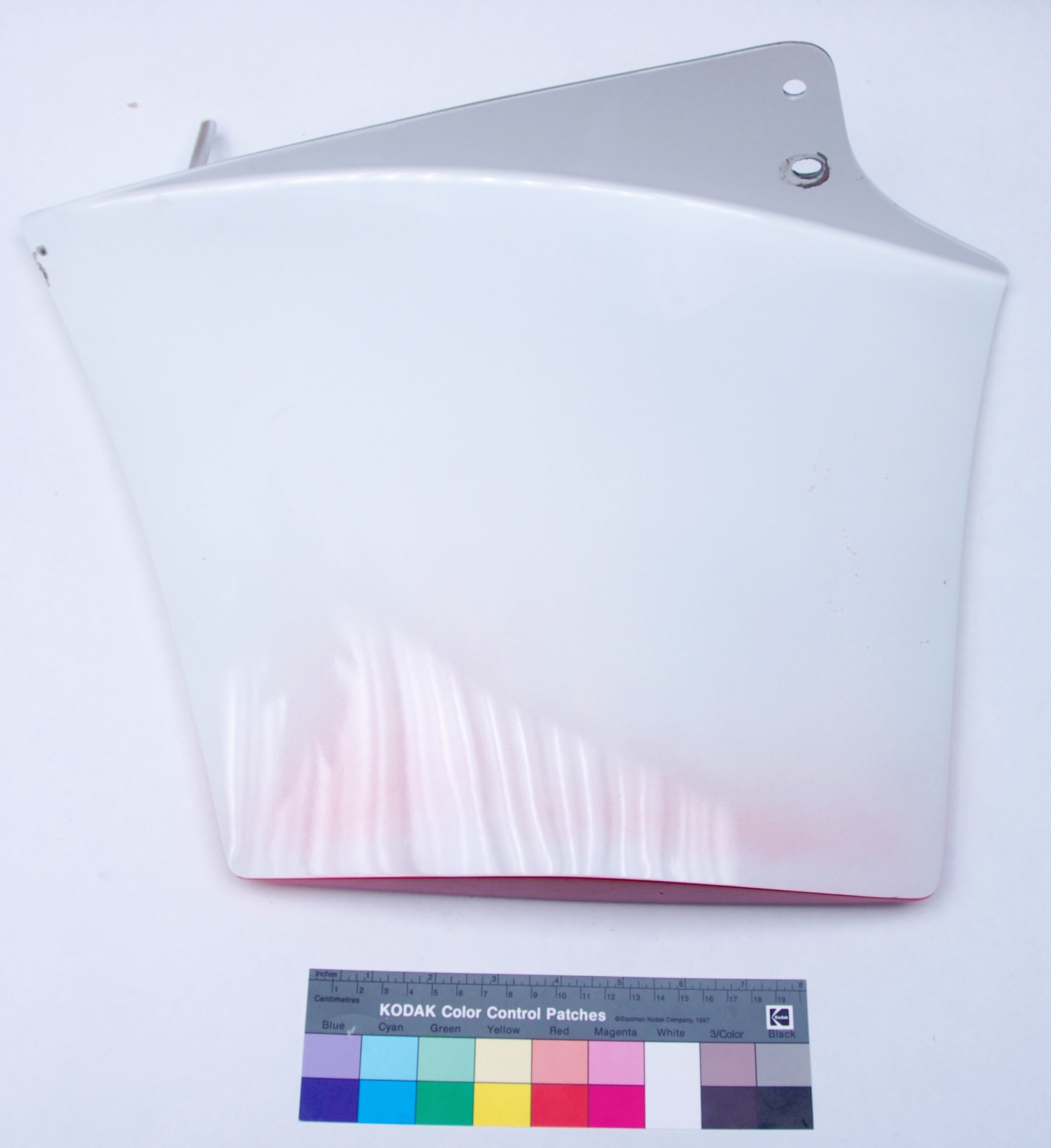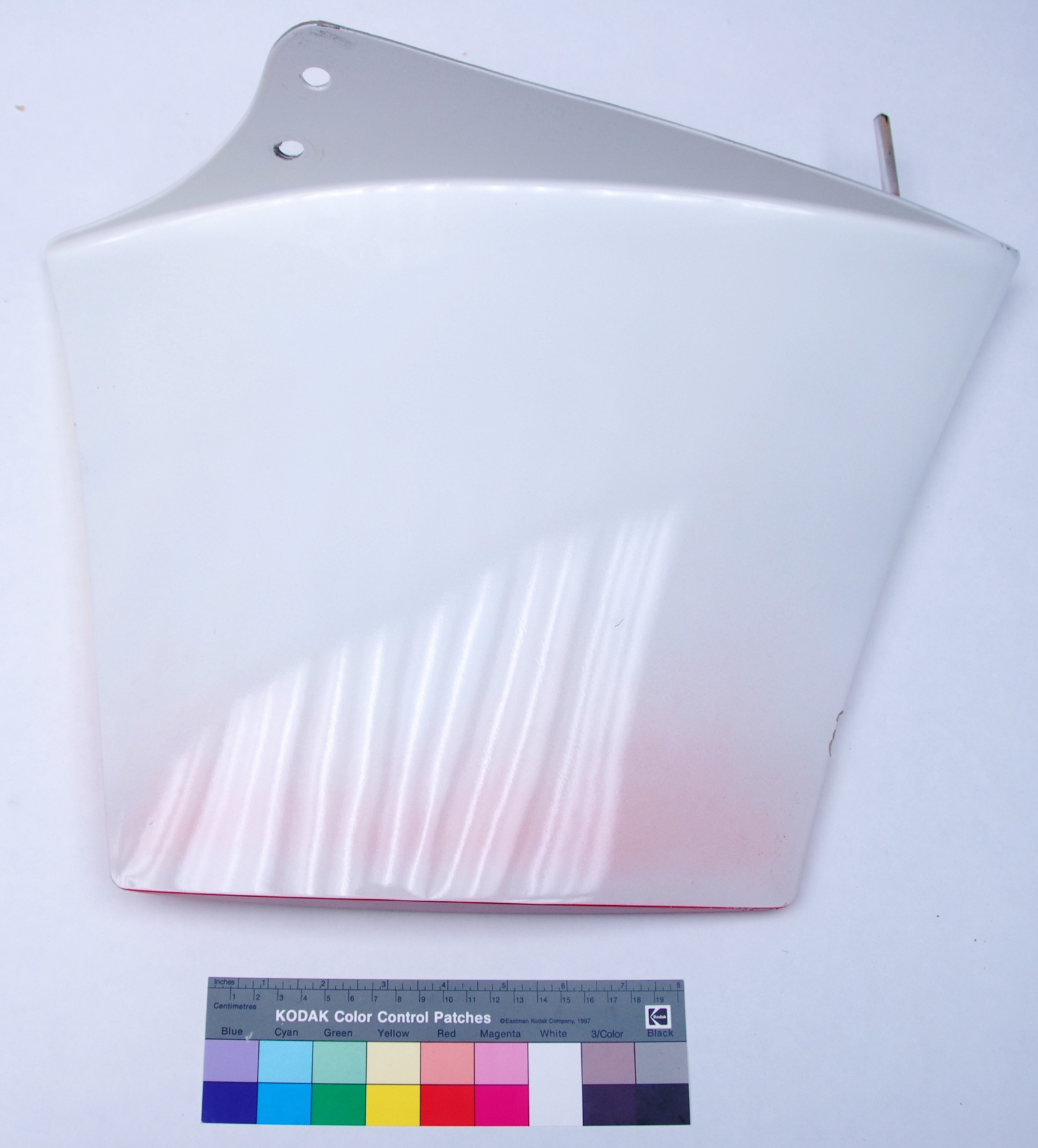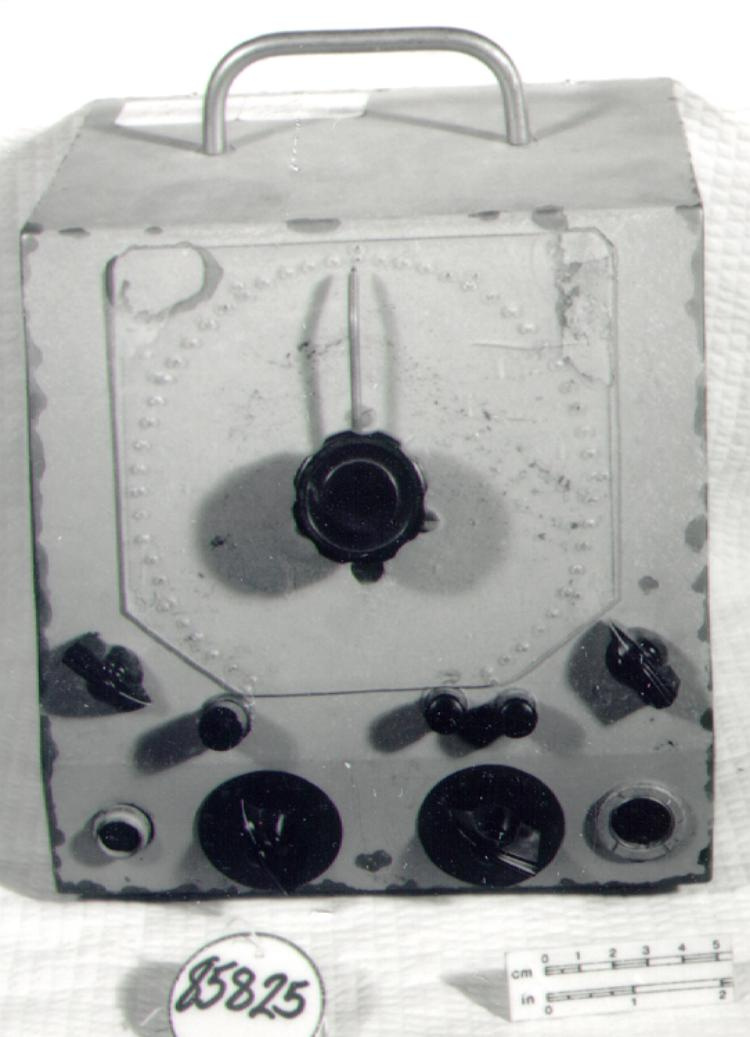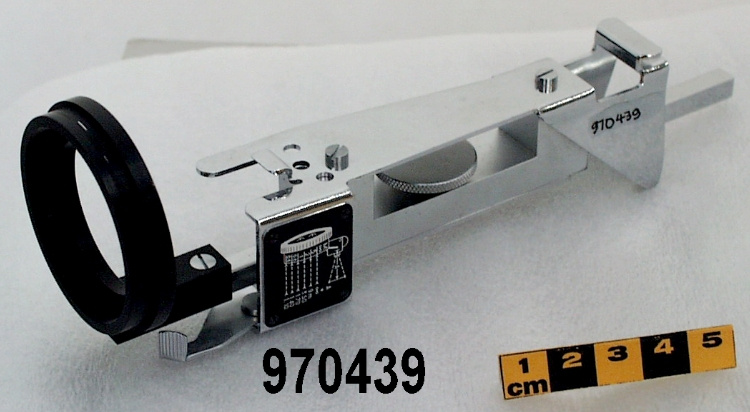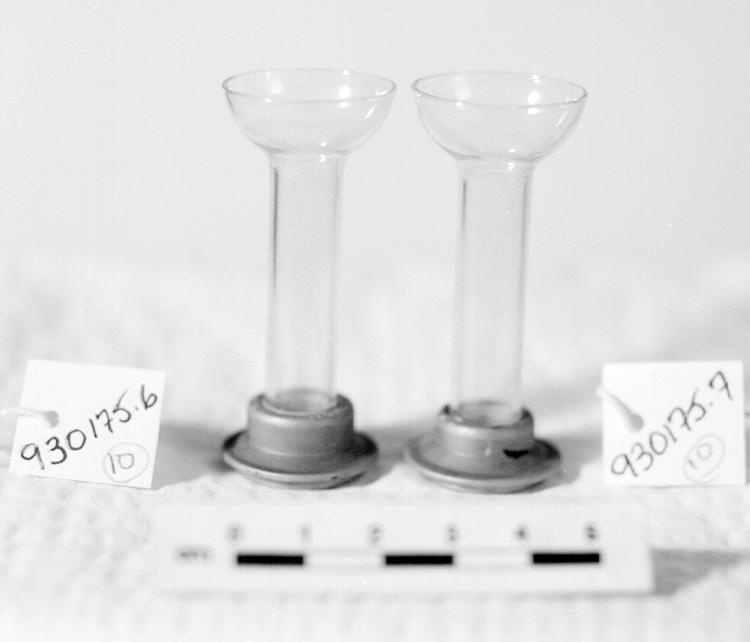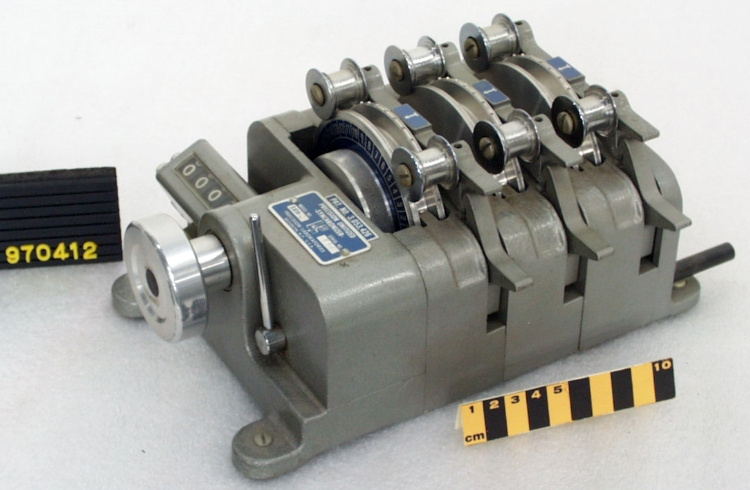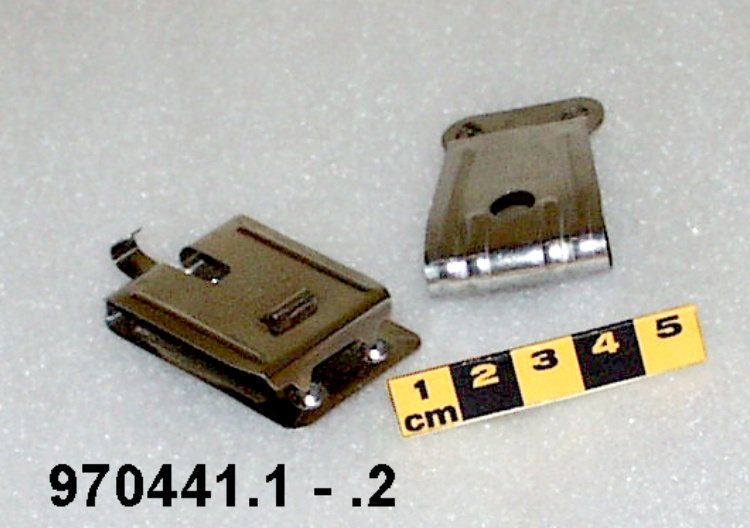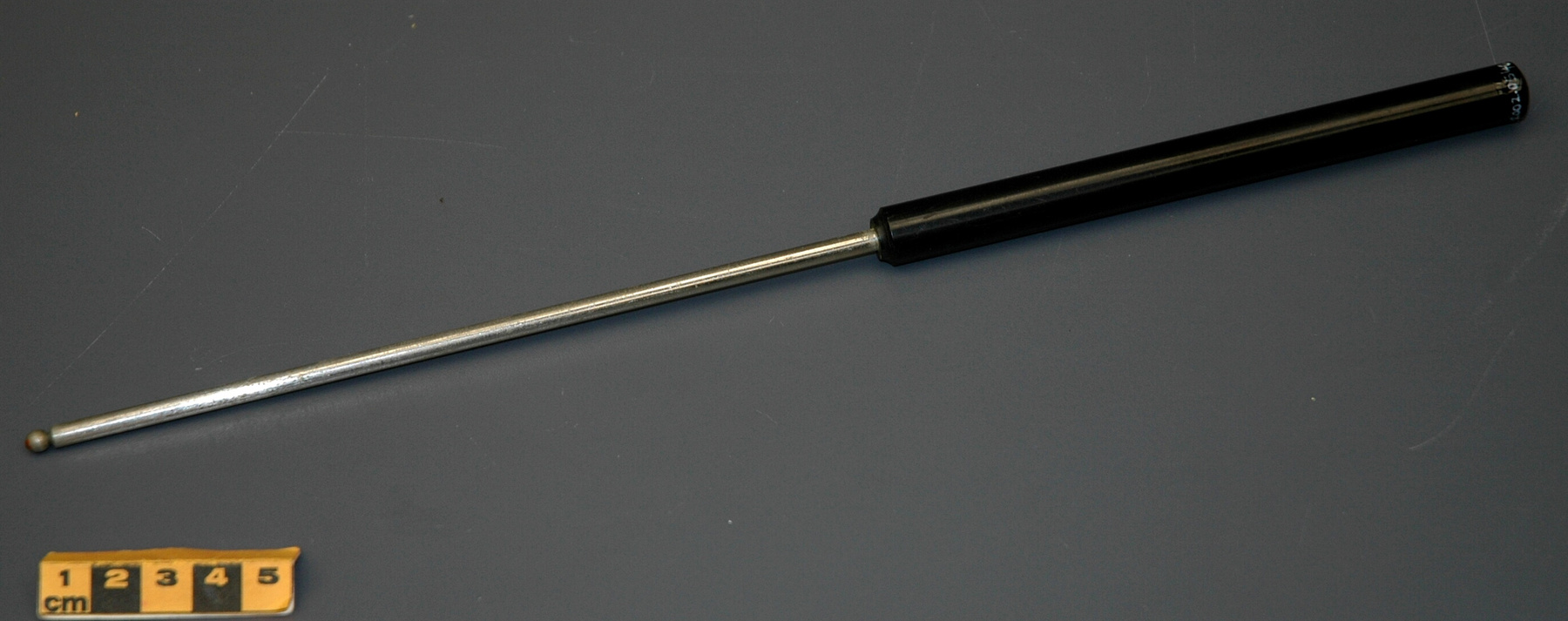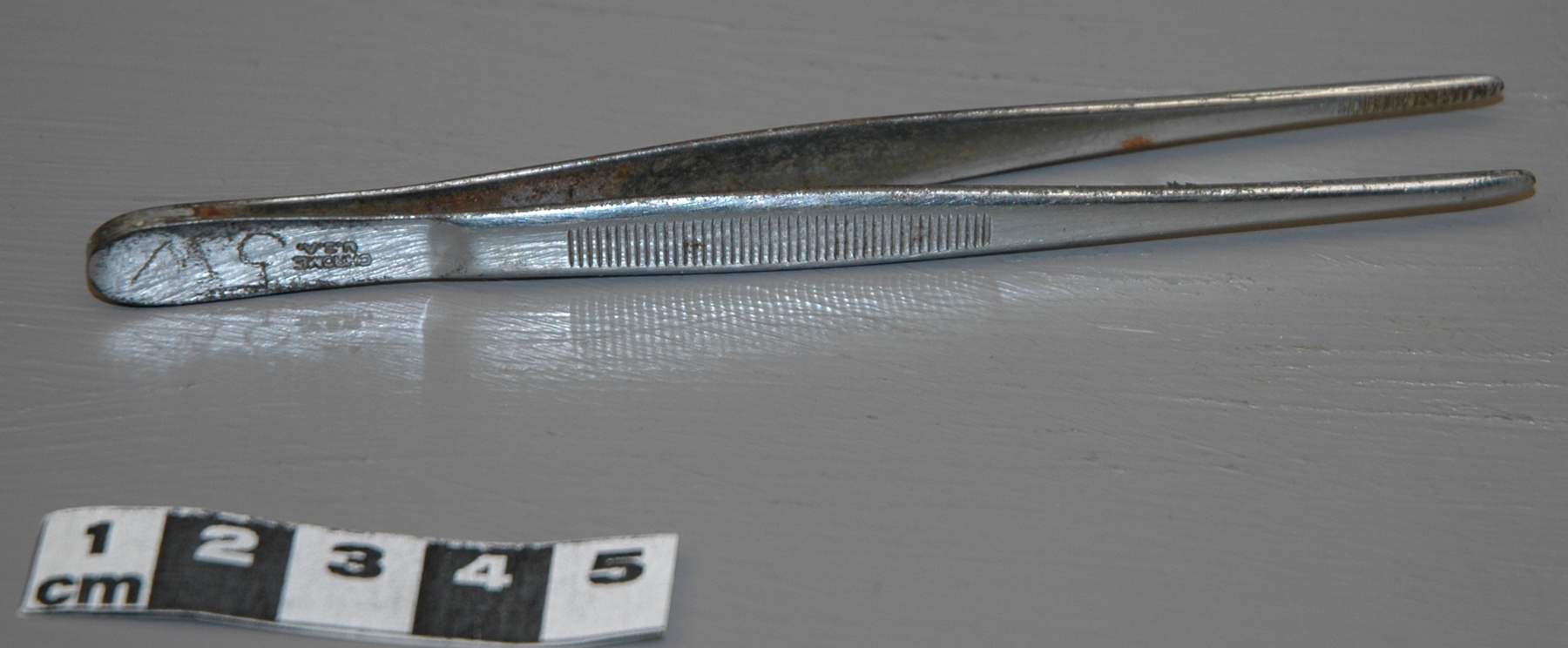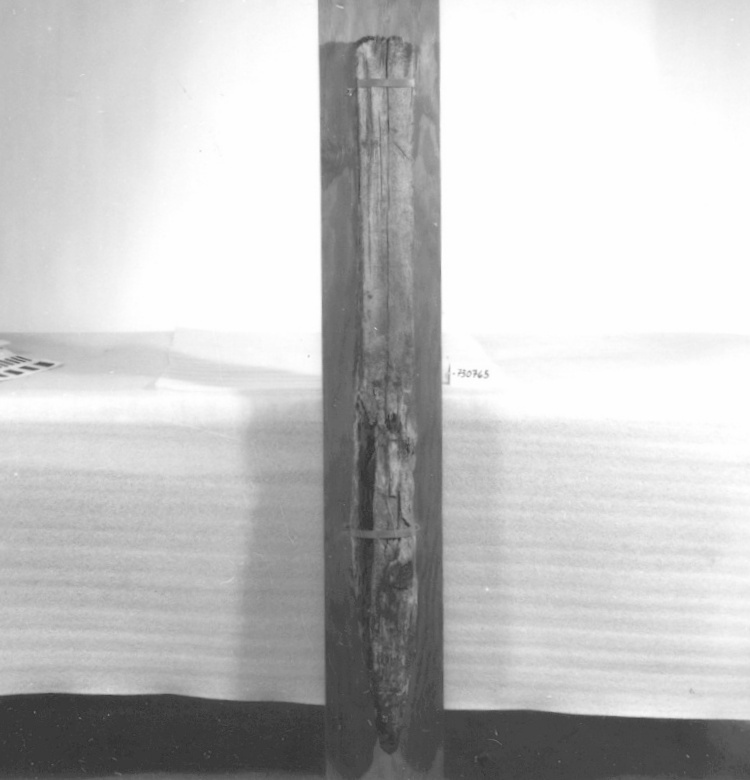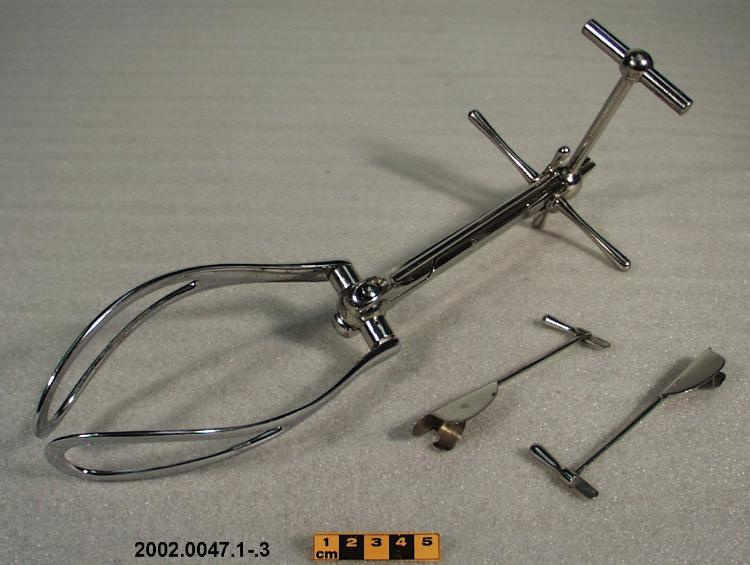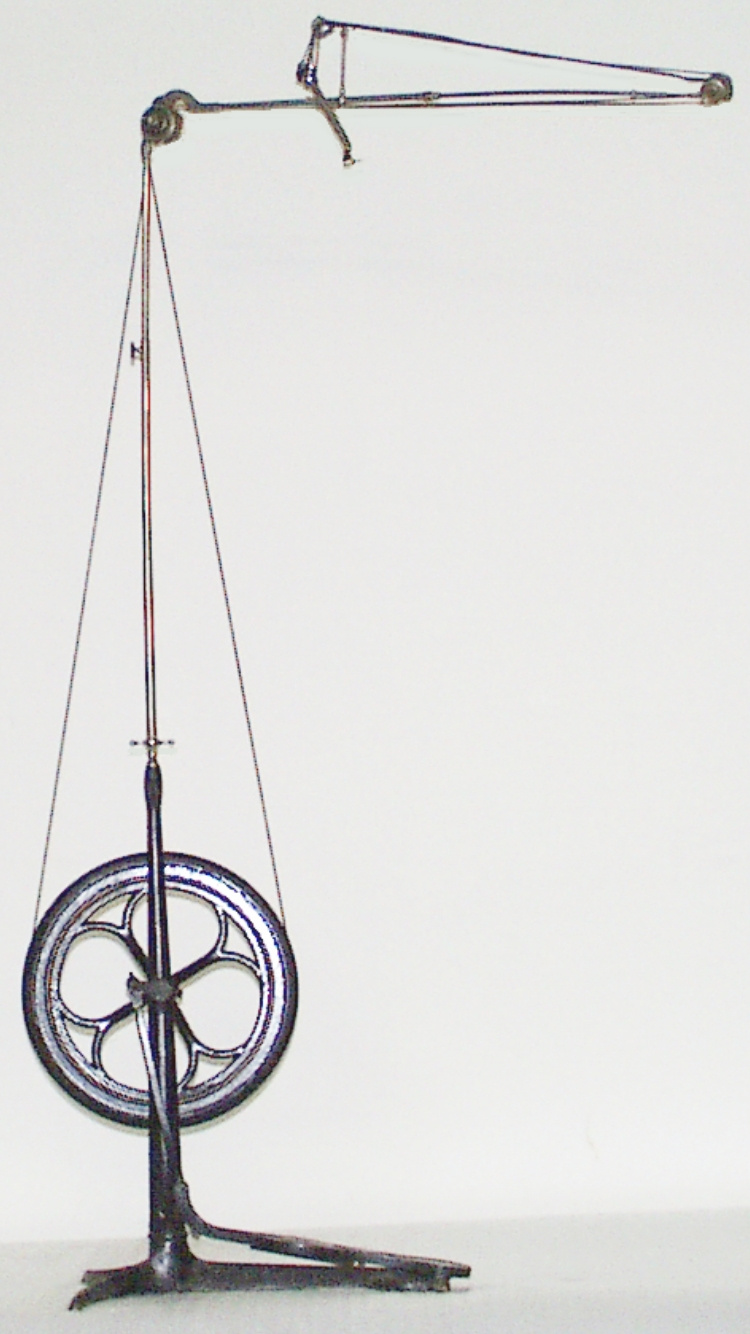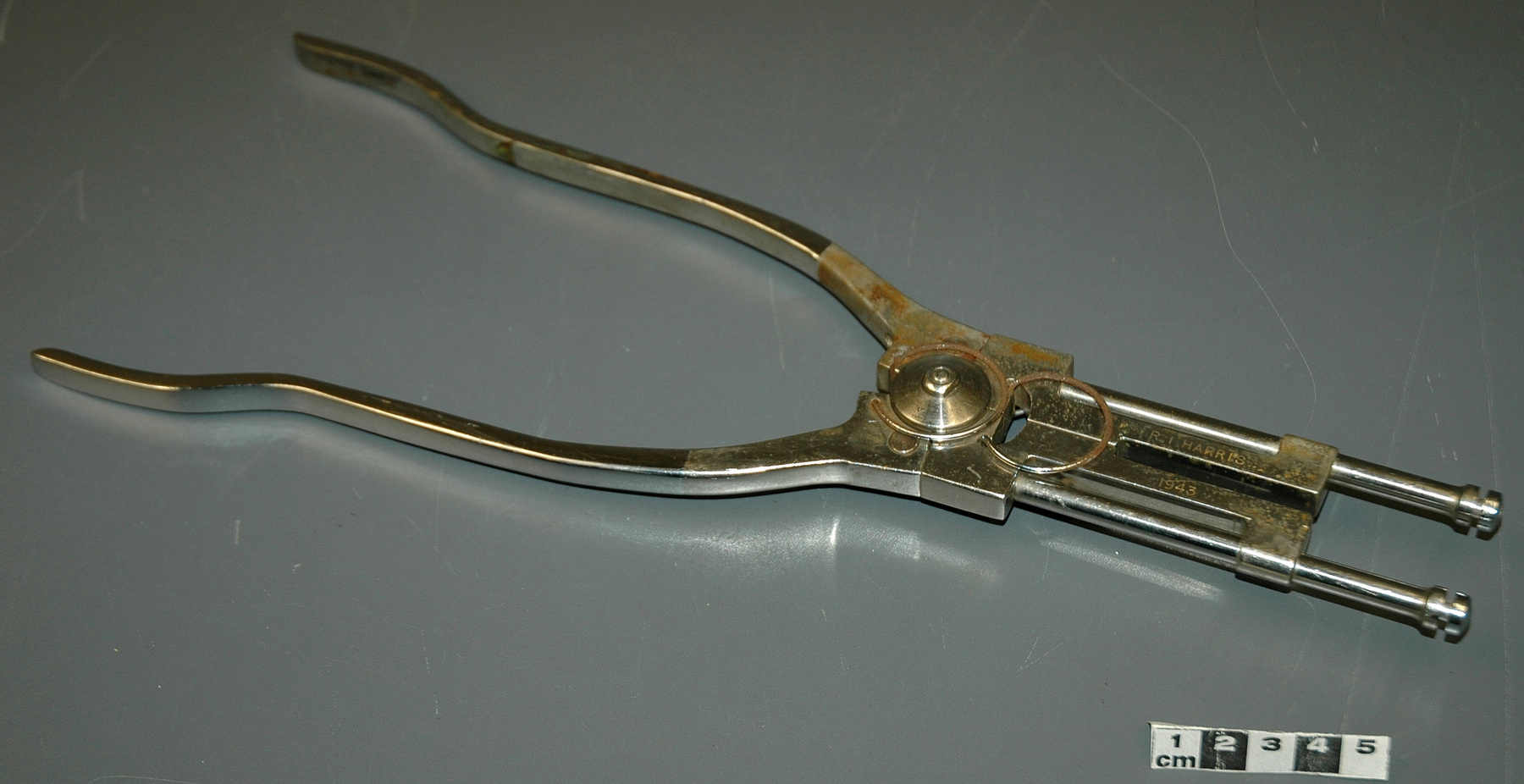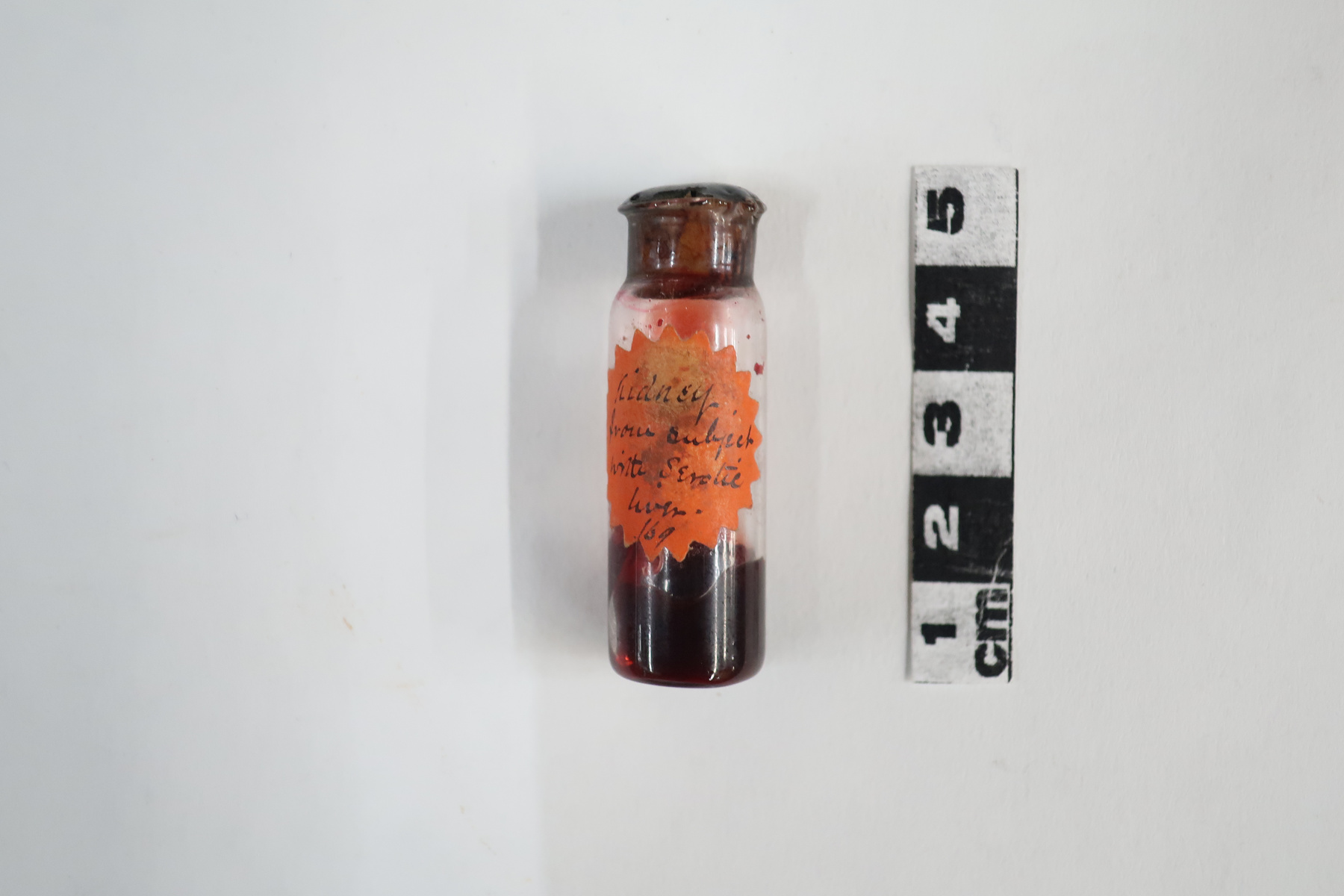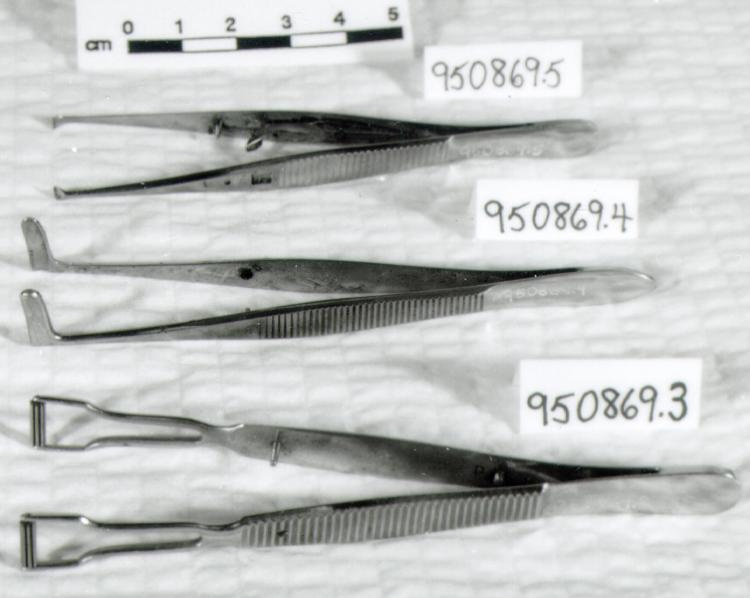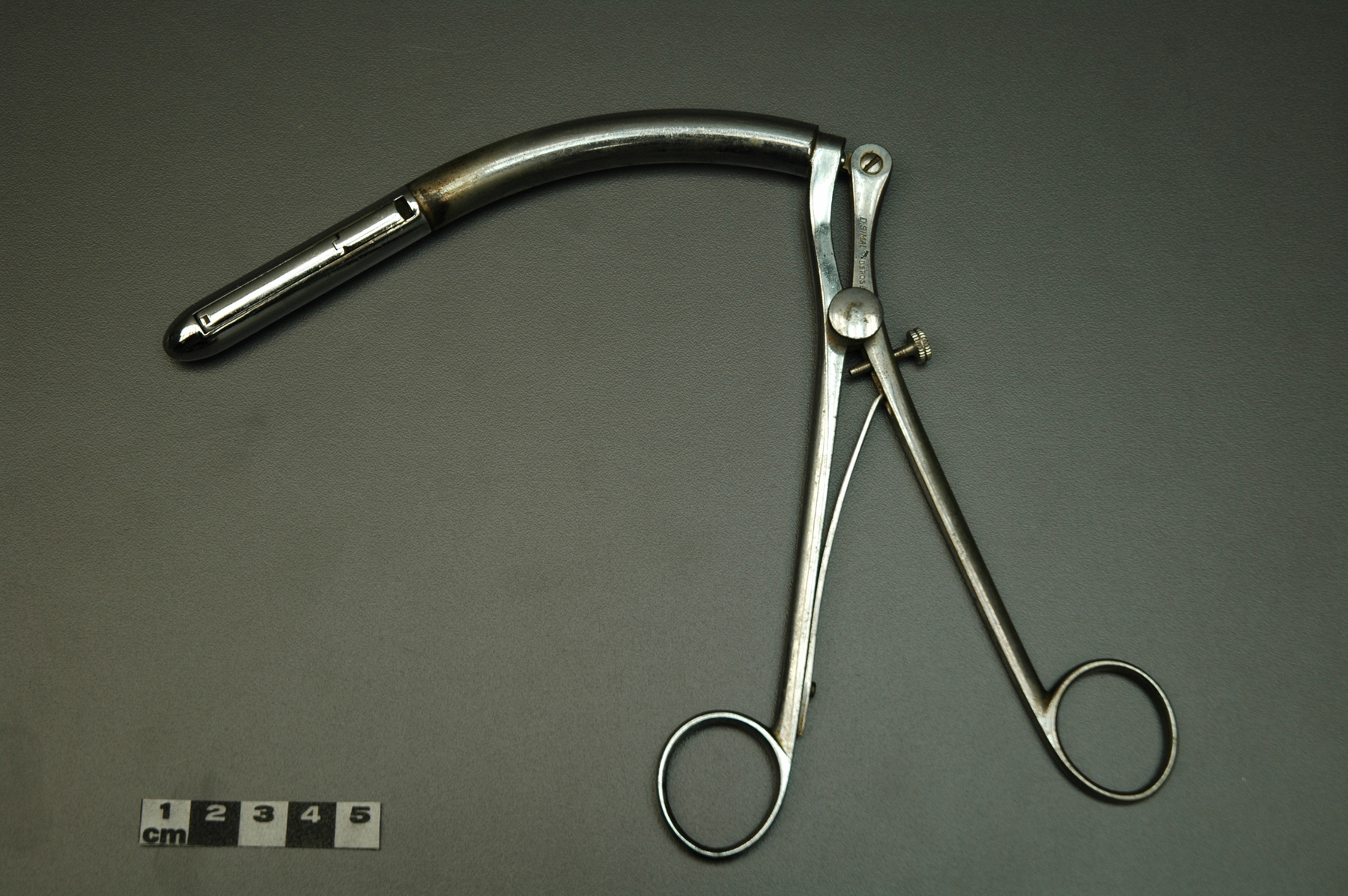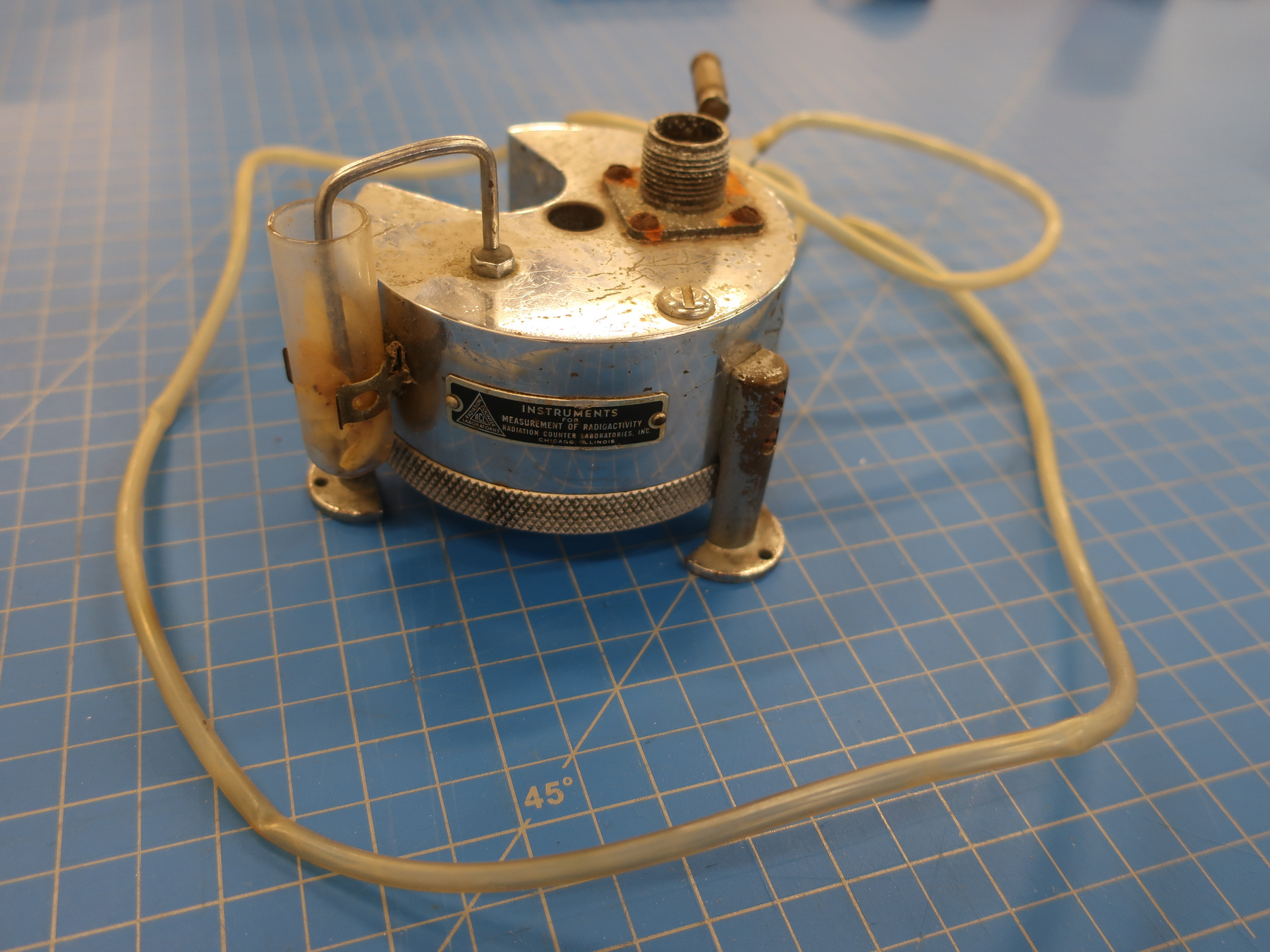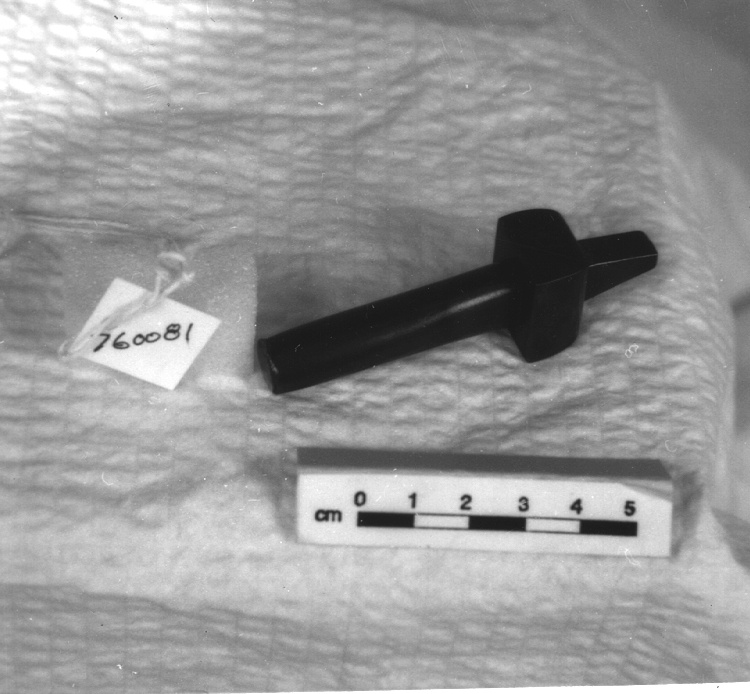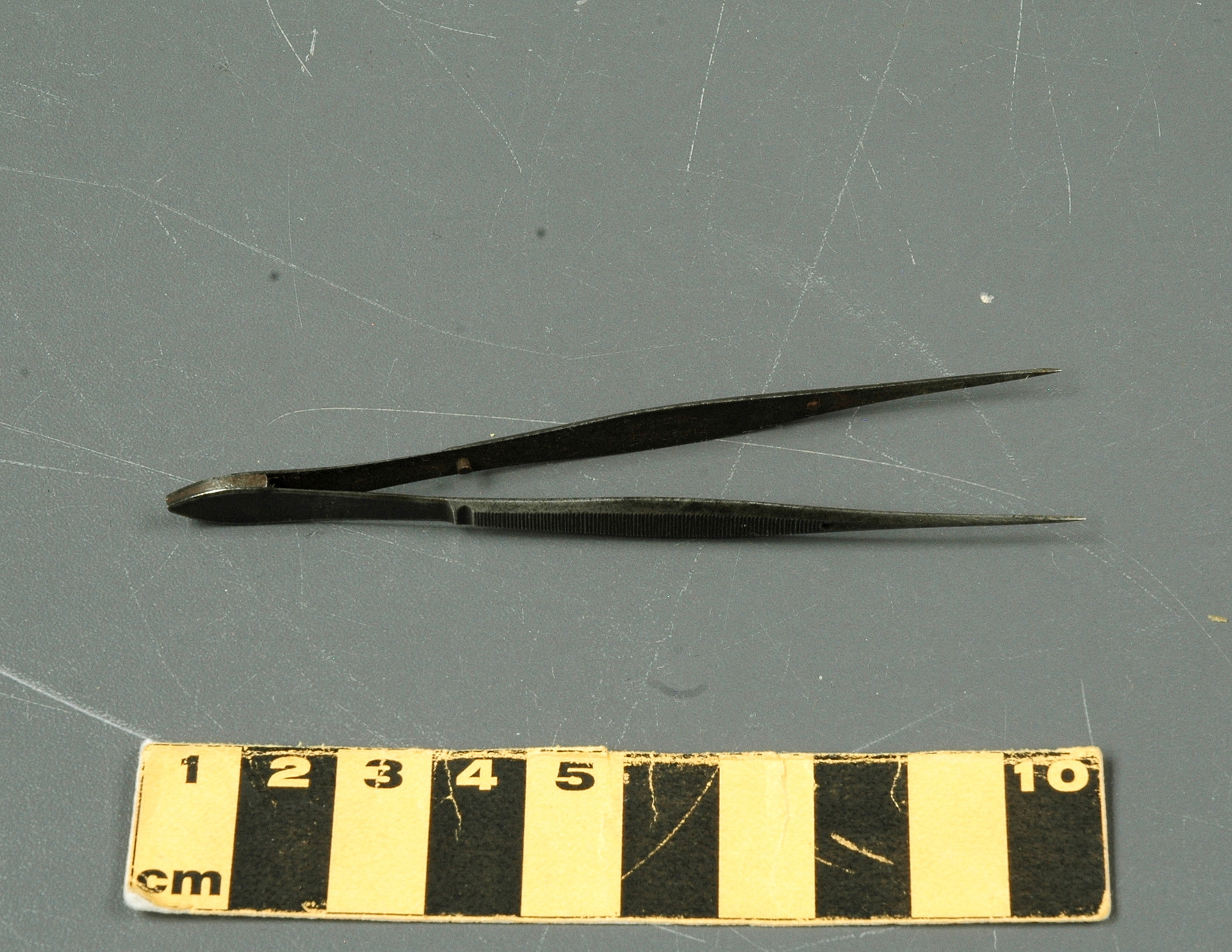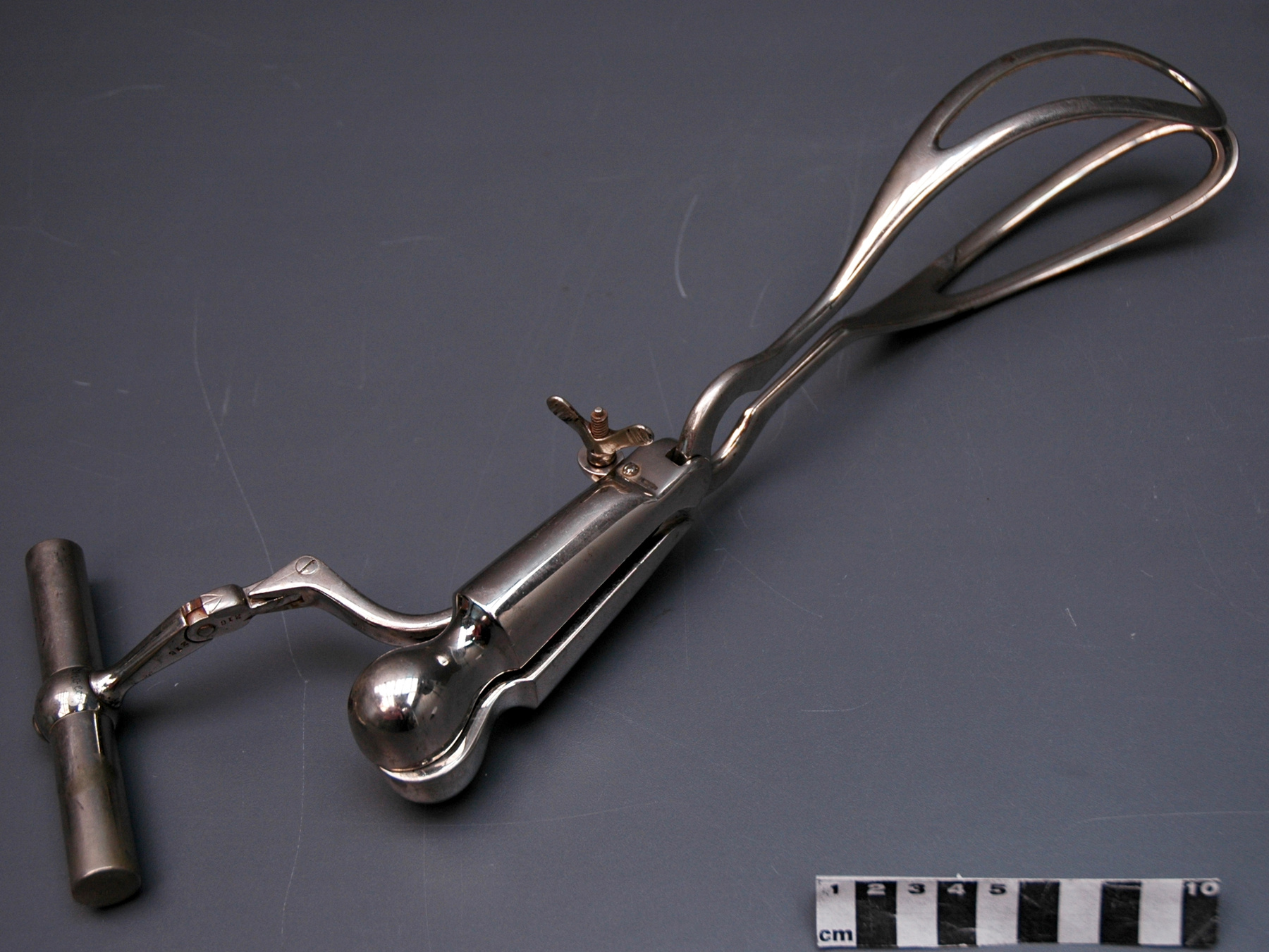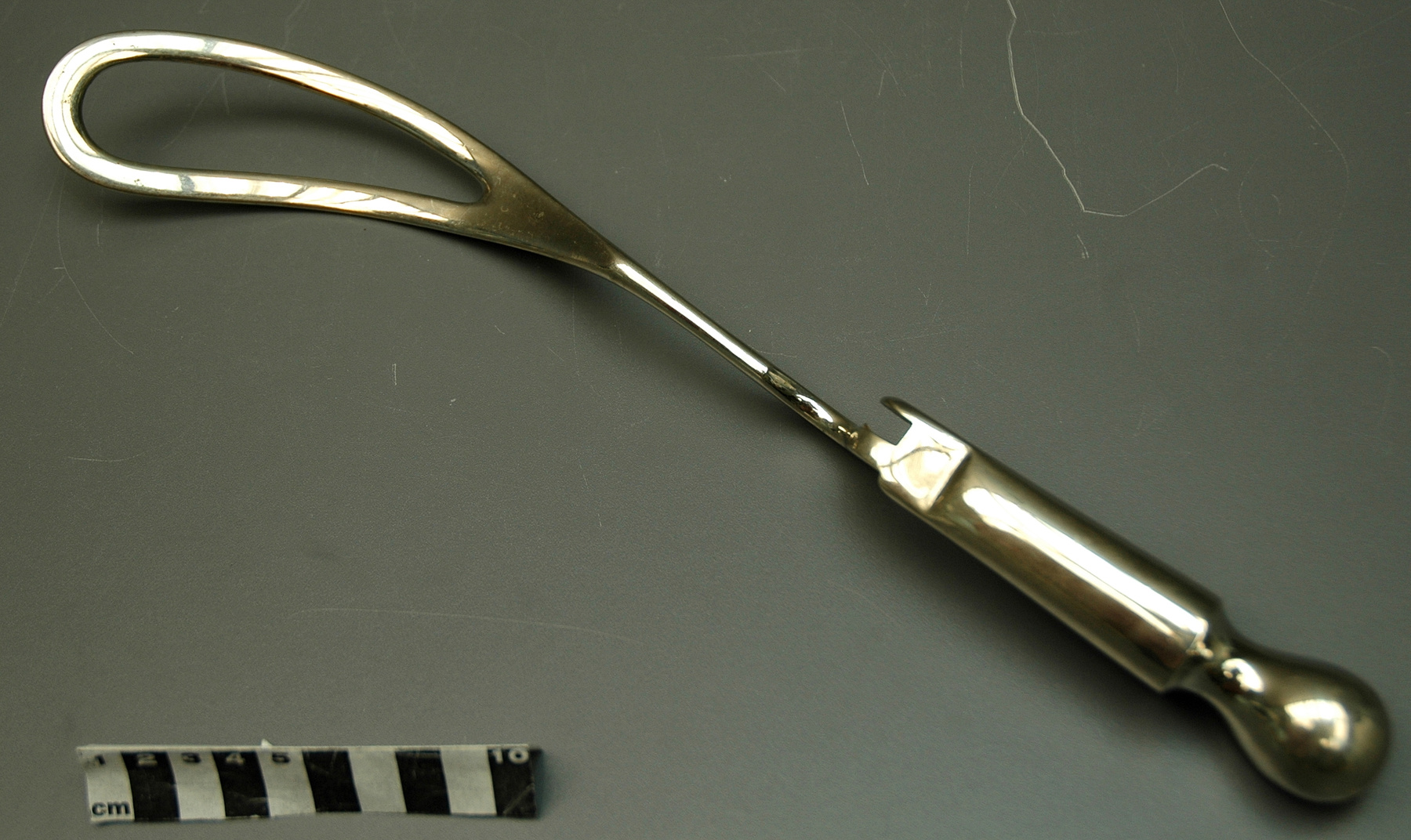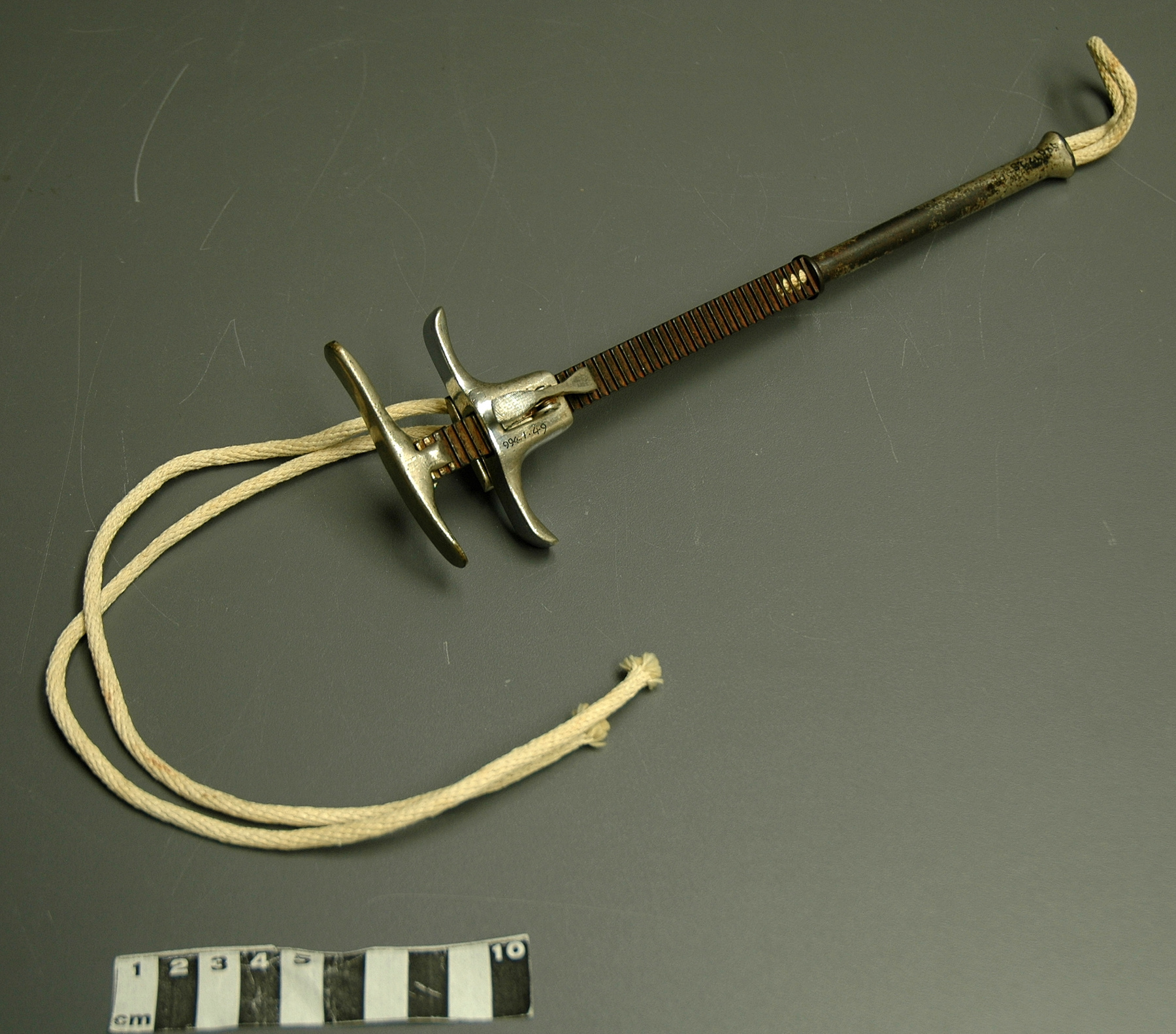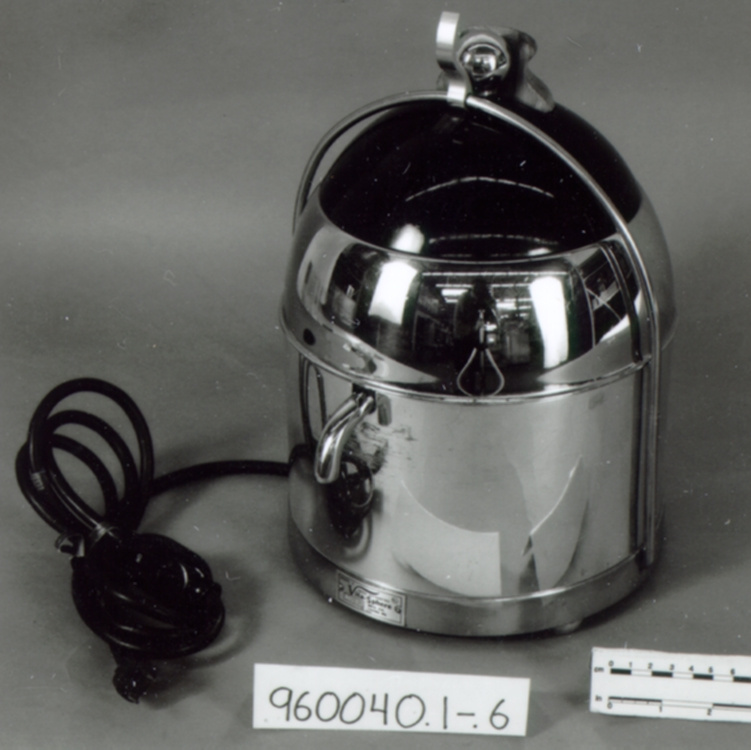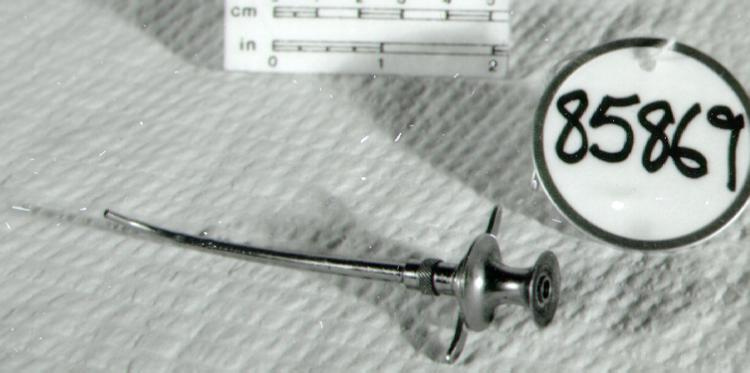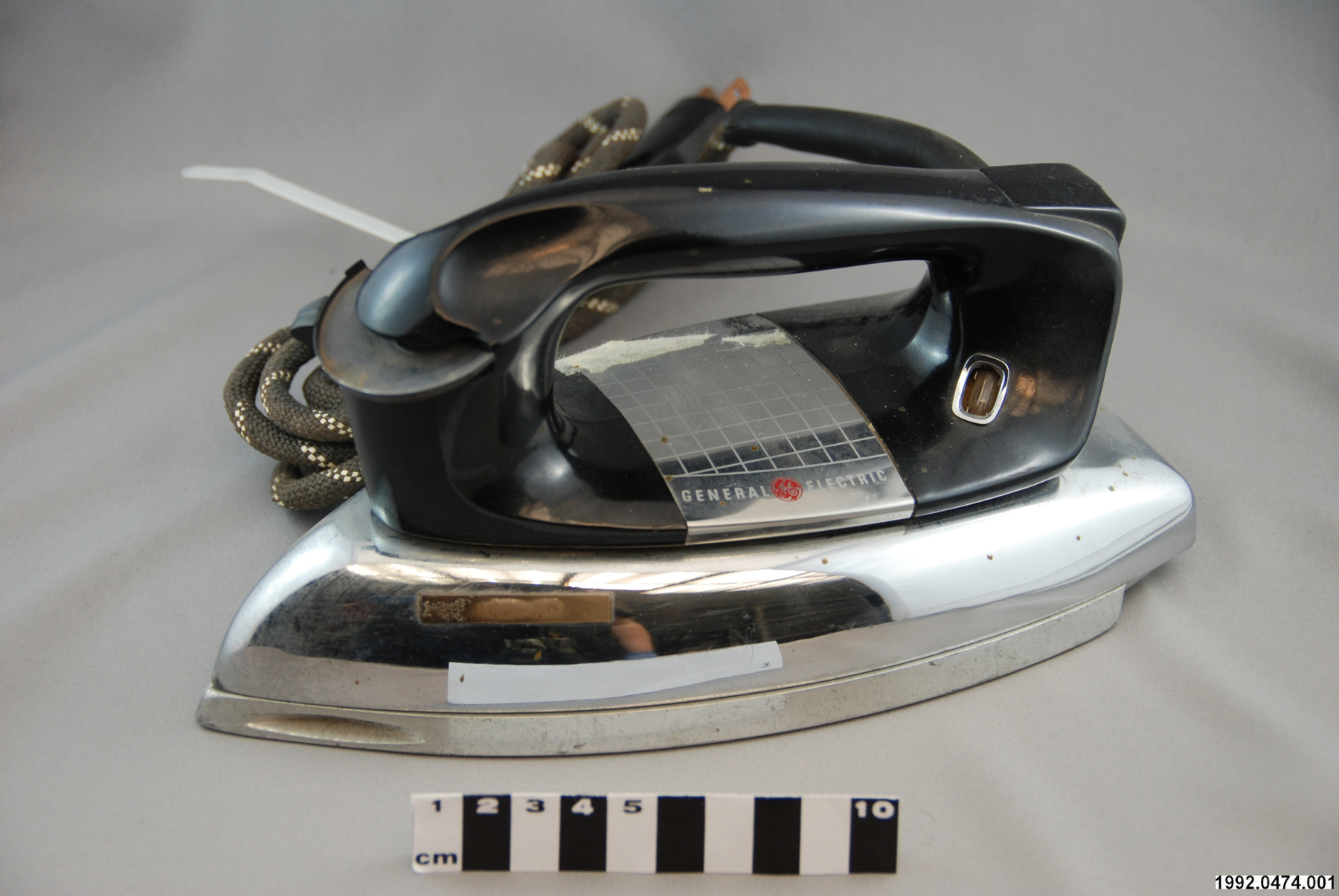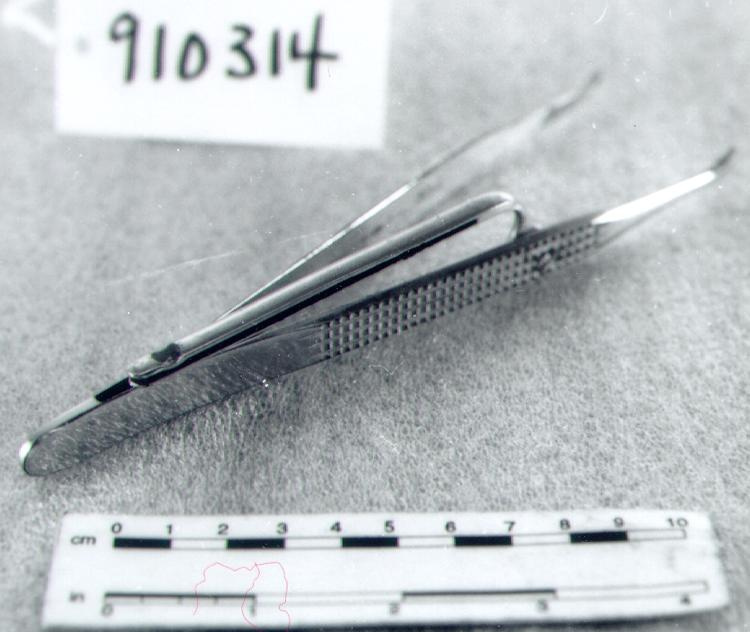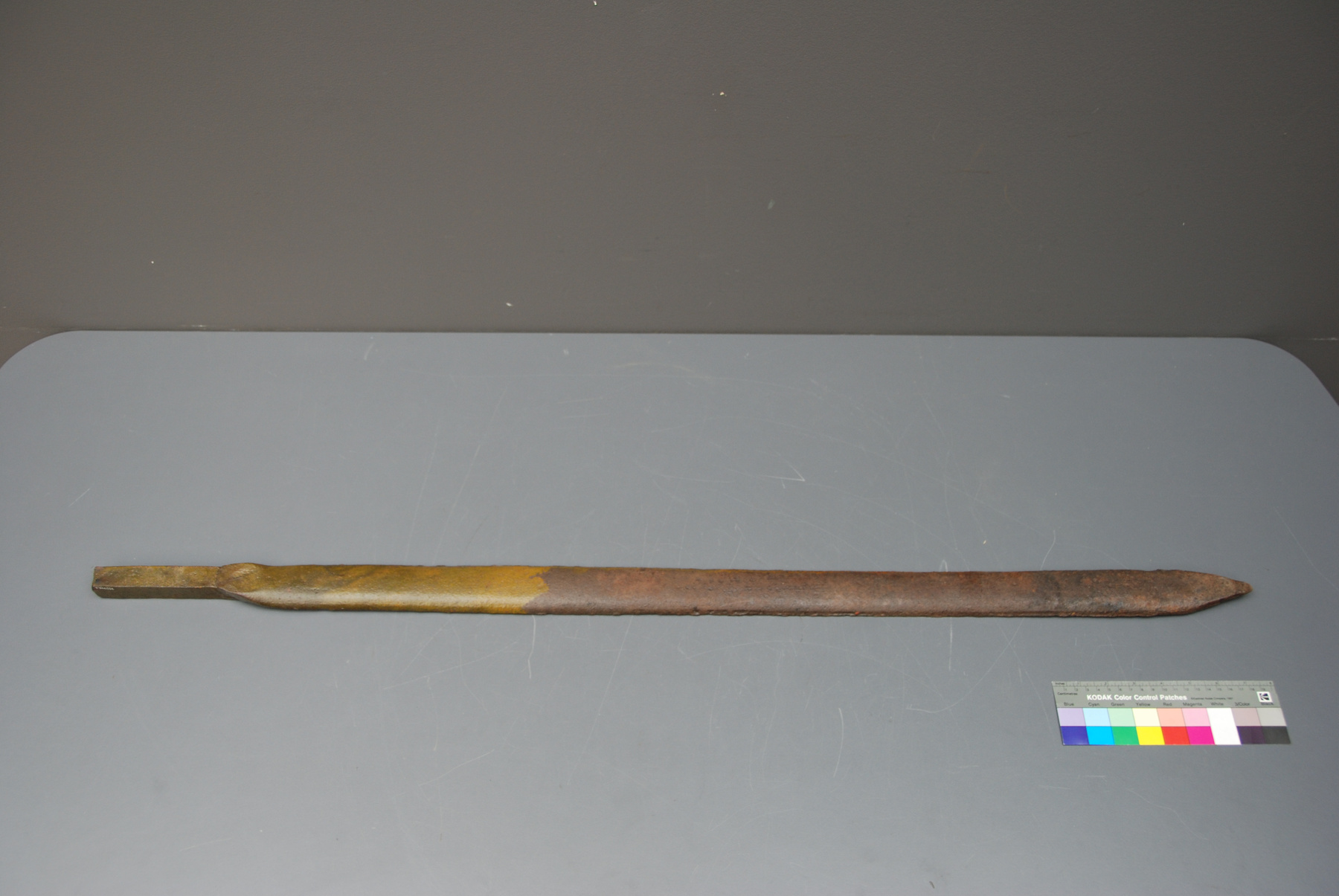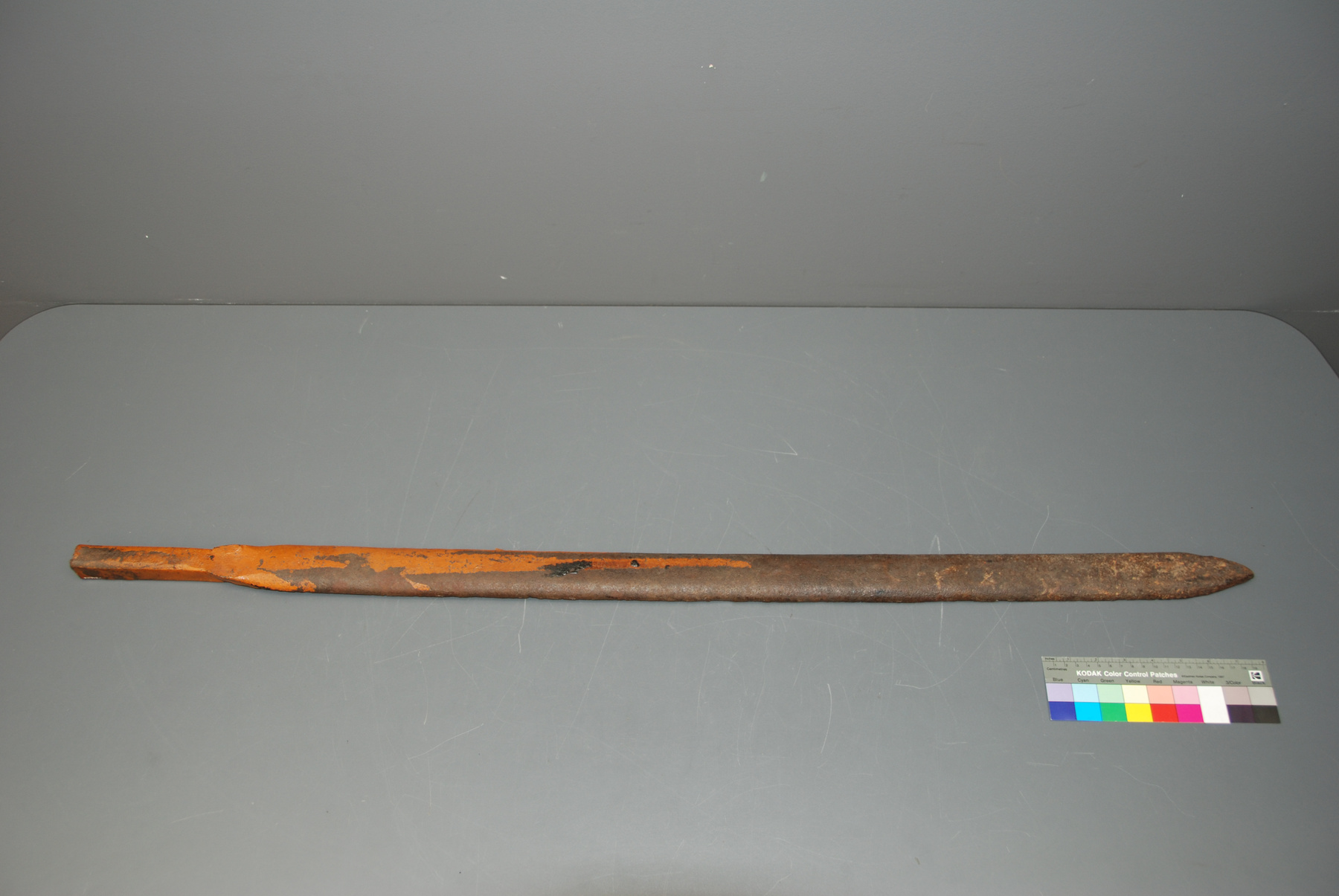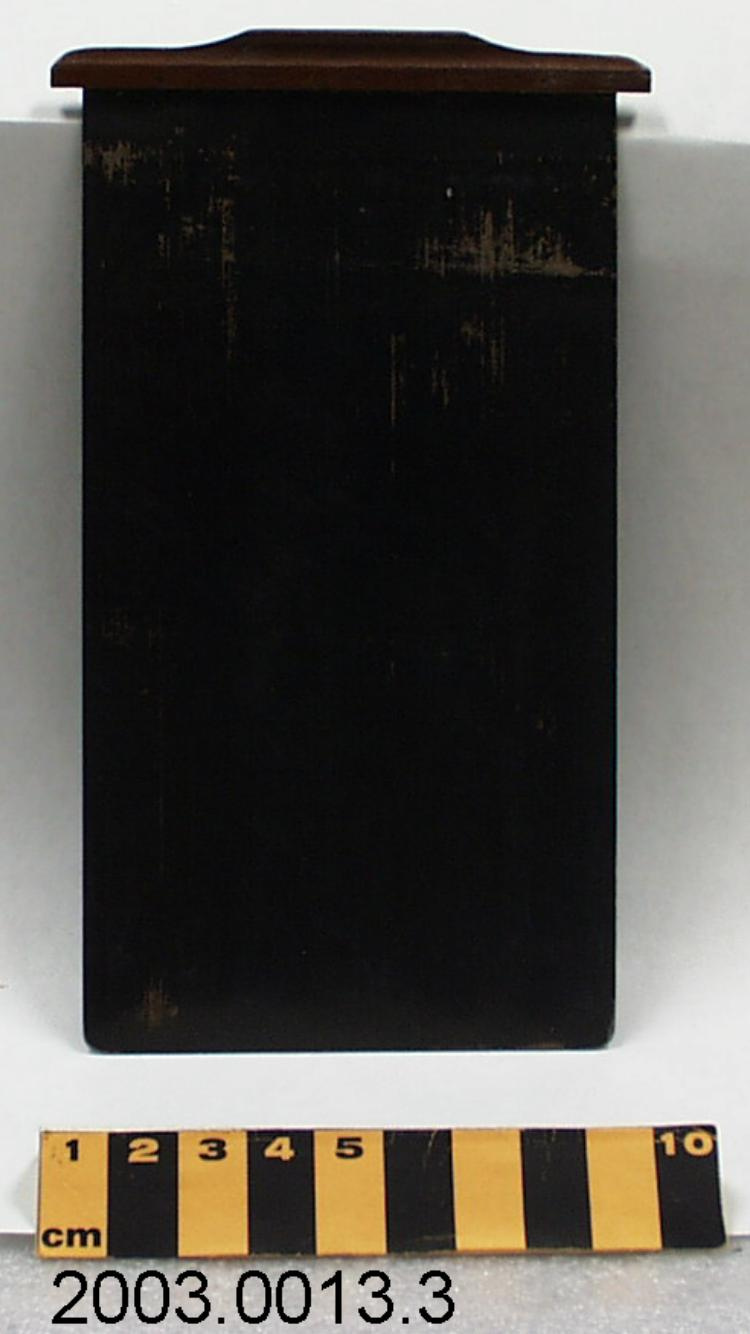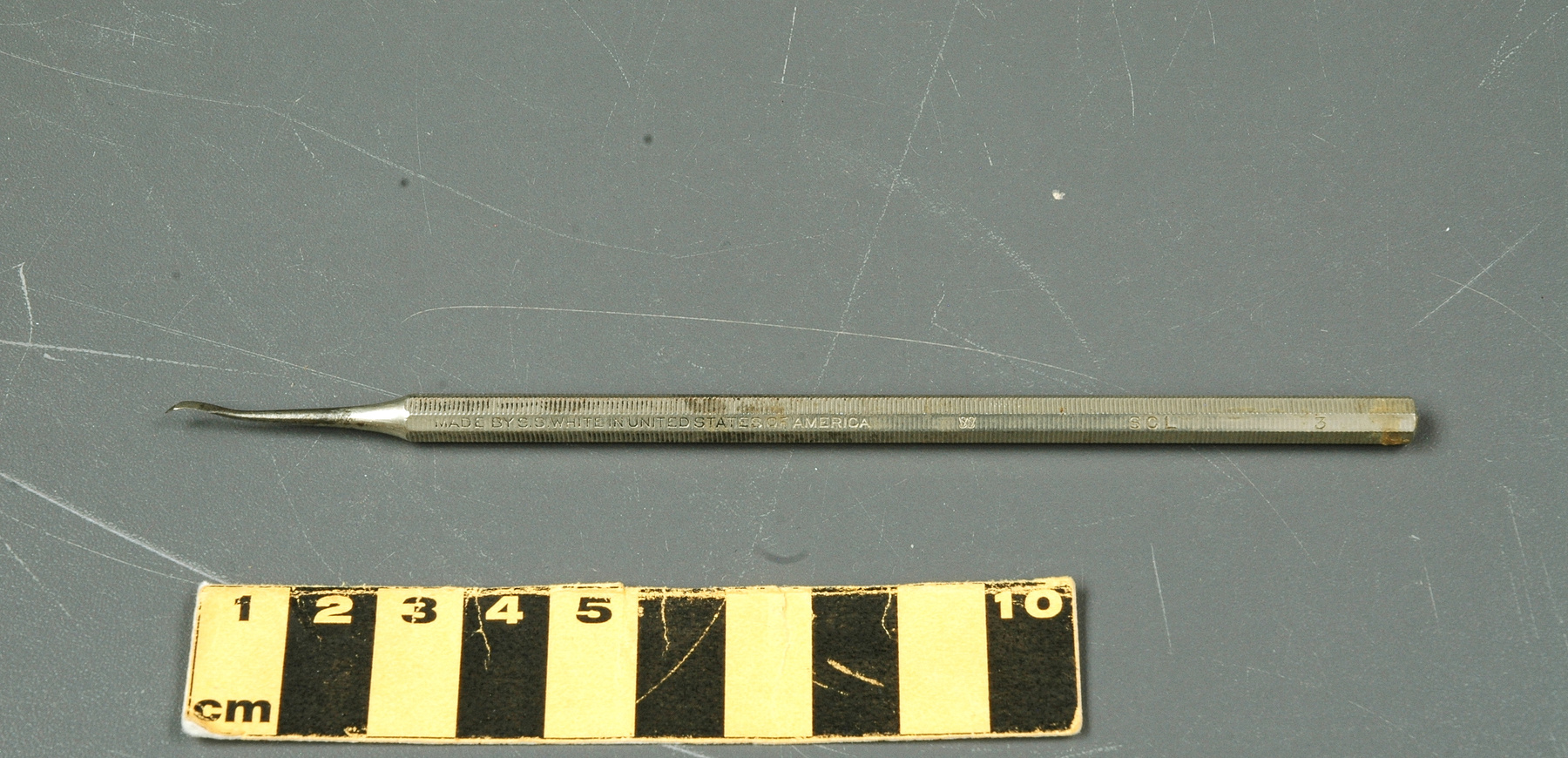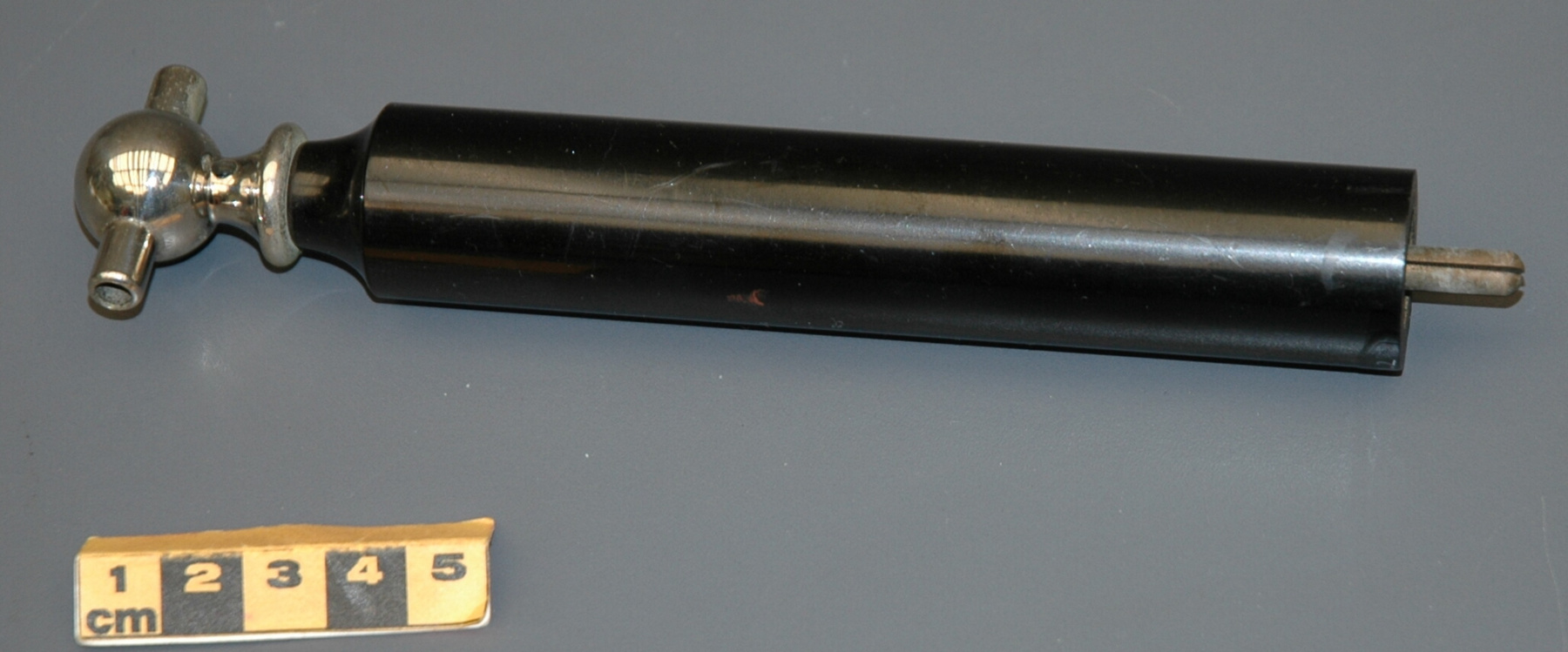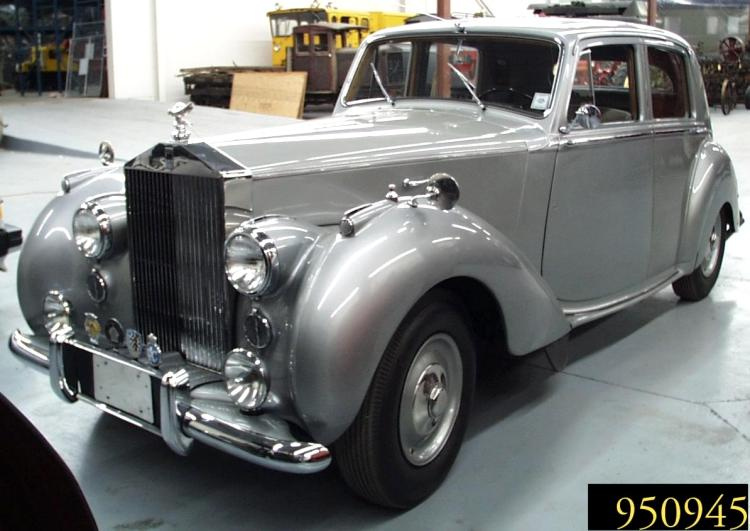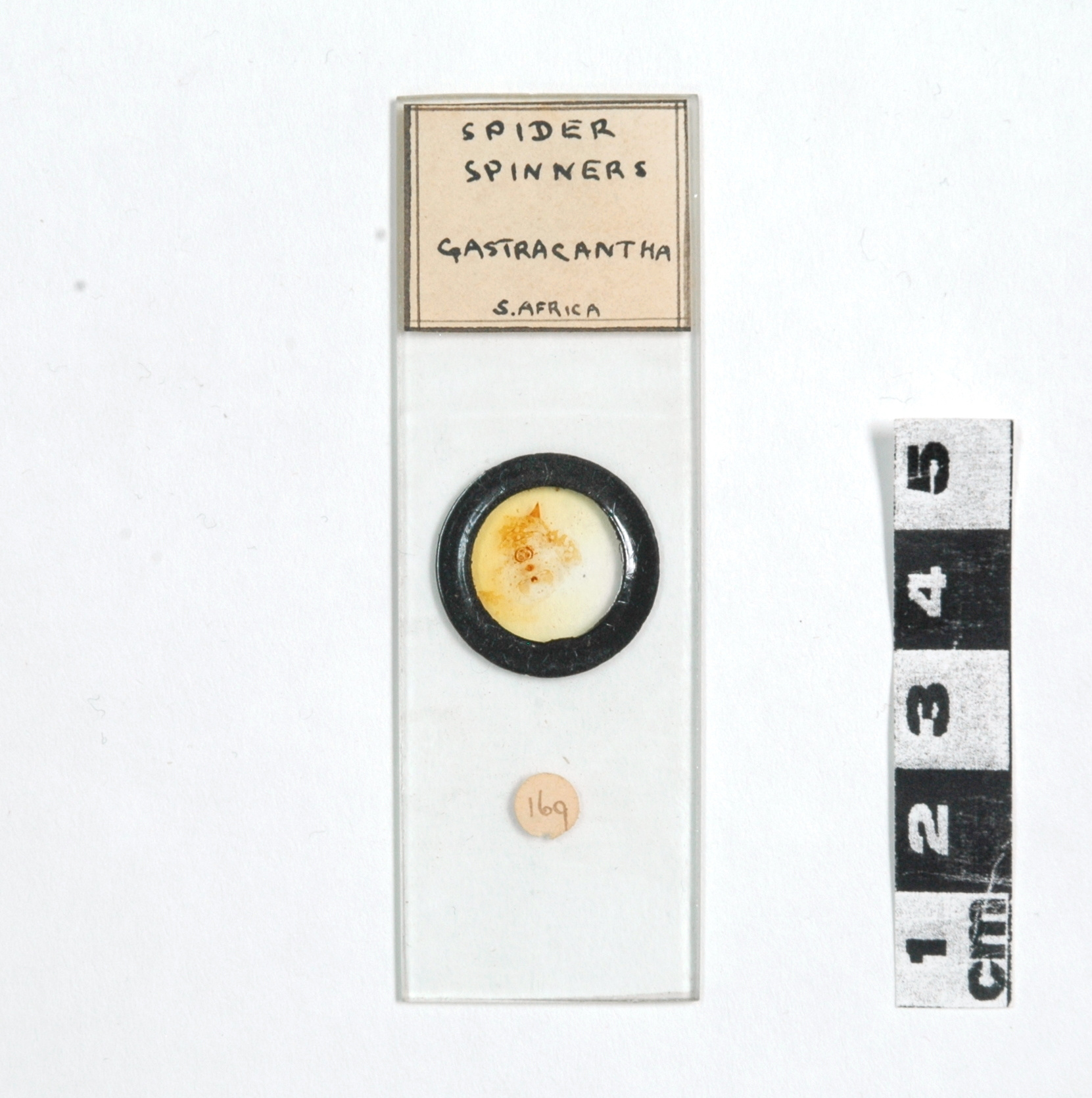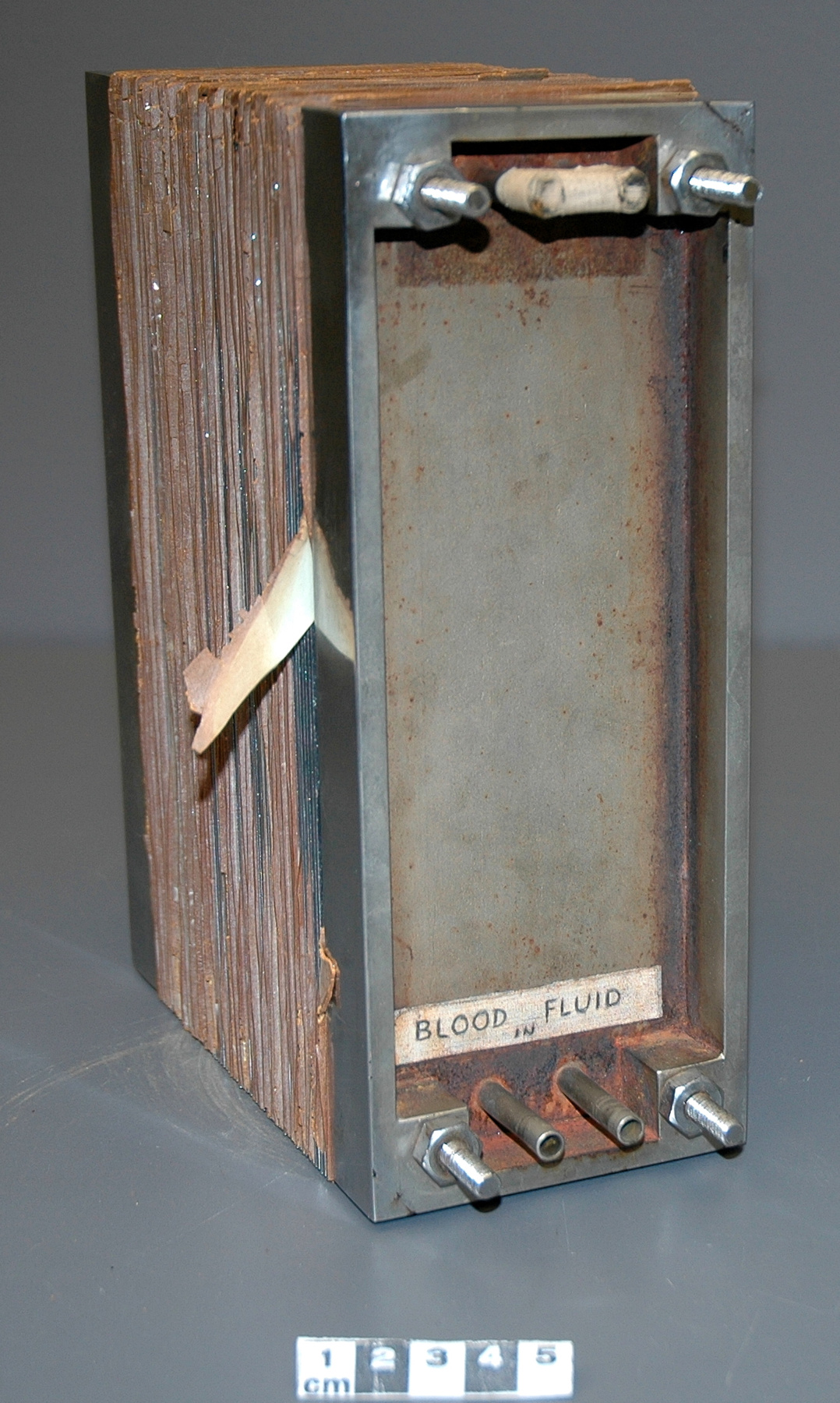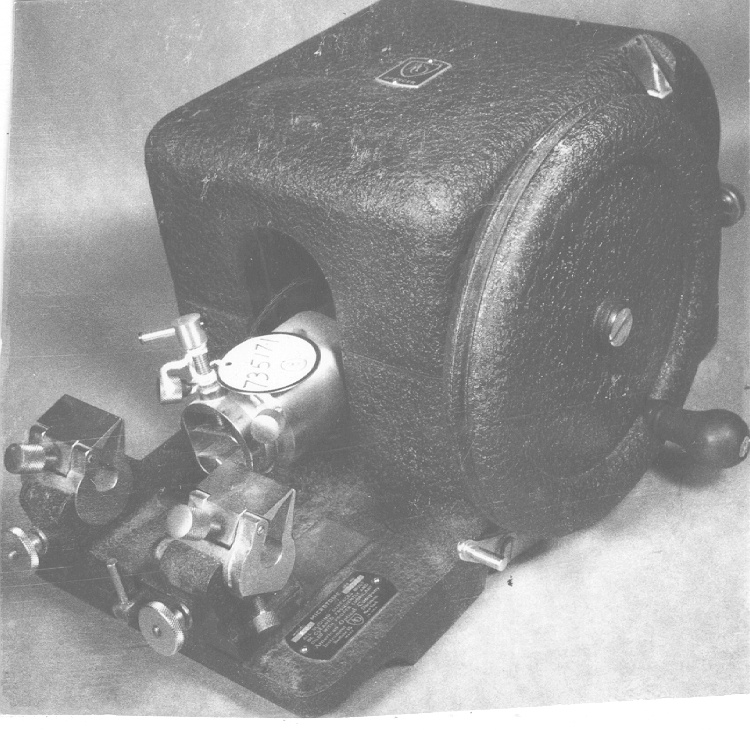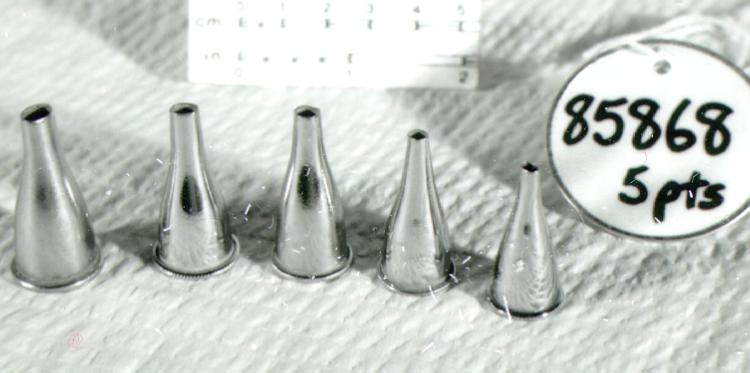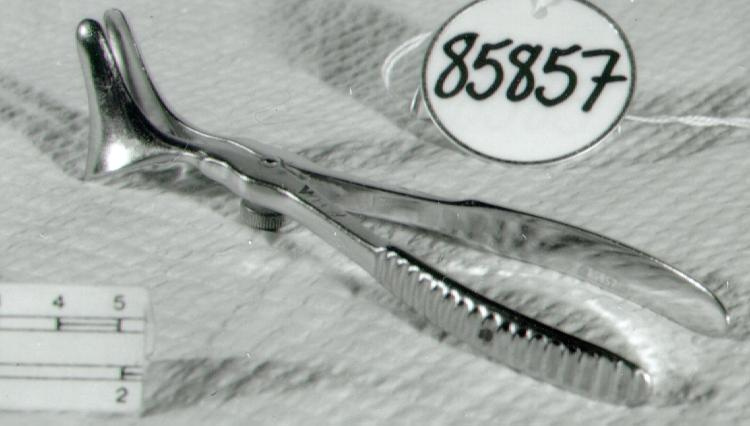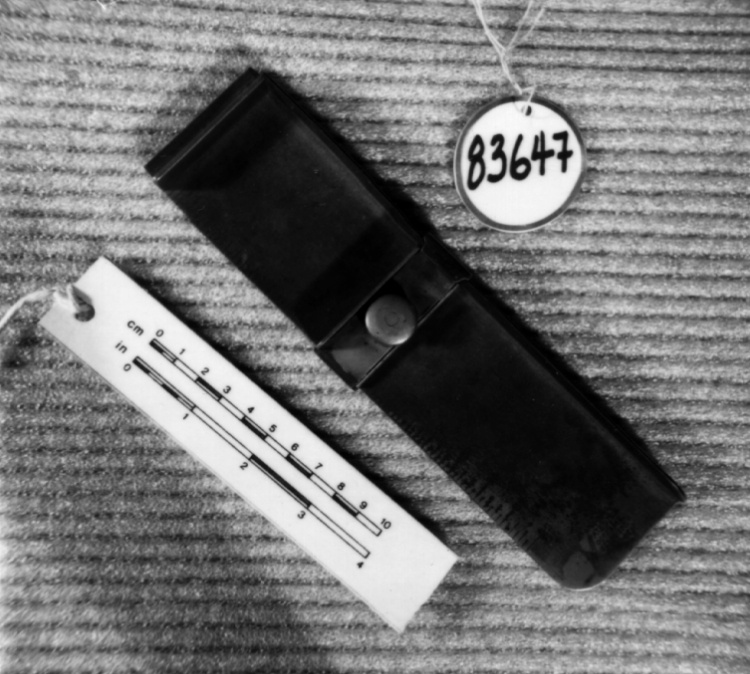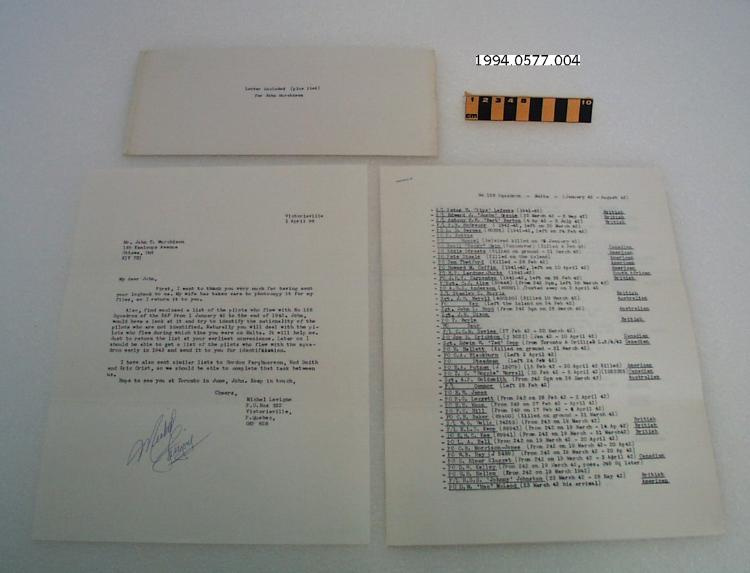Trocart
Utiliser cette image
Puis-je réutiliser cette image sans autorisation? Oui
Les images sur le portail de la collection d’Ingenium ont la licence Creative Commons suivante :
Copyright Ingenium / CC BY-NC-ND (Attribution-NonCommercial 4.0 International (CC BY-NC 4.0)
ATTRIBUER CETTE IMAGE
Ingenium,
2002.0471.001
Permalien:
Ingenium diffuse cette image sous le cadre de licence Creative Commons et encourage son téléchargement et sa réutilisation à des fins non commerciales. Veuillez mentionner Ingenium et citer le numéro de l’artefact.
TÉLÉCHARGER L’IMAGEACHETER CETTE IMAGE
Cette image peut être utilisée gratuitement pour des fins non commerciales.
Pour un usage commercial, veuillez consulter nos frais de reproduction et communiquer avec nous pour acheter l’image.
- TYPE D’OBJET
- Surgical/ post mortem
- DATE
- 1920–1929
- NUMÉRO DE L’ARTEFACT
- 2002.0471.001
- FABRICANT
- Inconnu
- MODÈLE
- 1281
- EMPLACEMENT
- Inconnu
Plus d’information
Renseignements généraux
- Nº de série
- S/O
- Nº de partie
- 1
- Nombre total de parties
- 1
- Ou
- S/O
- Brevets
- S/O
- Description générale
- chrome plated steel.
Dimensions
Remarque : Cette information reflète la taille générale pour l’entreposage et ne représente pas nécessairement les véritables dimensions de l’objet.
- Longueur
- 34,2 cm
- Largeur
- 1,7 cm
- Hauteur
- 4,0 cm
- Épaisseur
- S/O
- Poids
- S/O
- Diamètre
- S/O
- Volume
- S/O
Lexique
- Groupe
- Technologie médicale
- Catégorie
- Instruments
- Sous-catégorie
- S/O
Fabricant
- Ou
- Inconnu
- Pays
- Inconnu
- État/province
- Inconnu
- Ville
- Inconnu
Contexte
- Pays
- Afrique
- État/province
- Inconnu
- Période
- Used in 1920s; possibly also used later.
- Canada
-
Designed and used by Dr. Oscar Klotz to take liver samples from persons who had died from Yellow Fever in Africa. Dr. Klotz, Professor of Pathology, University of Toronto, was employed temporarily by the Rockefeller Foundation to study Yellow Fever. In 1926 he was able to disprove Noguche's theory that yellow Fever was due to a Leptospira [organism]. In 1927 he was instrumental in the discovery that the disease was reproducible in Macacus Rhesus and Simicus [monkeys], that it was due to a virus and that [at least from species of] mosquitos could transmit the infection. Dr. Klotz gave the trocar to Dr. William Boyd who later gave it to donor Dr. H.J. Barrie. Dr. Barrie used this trocar for taking soil samples.(Ref. 3) - Fonction
-
Instrument designed to take post mortem liver samples. - Technique
-
Instrument can be introduced into liver, used to sever a small sample, and then be withdrawn with sample securely housed within, protected from contaminants. - Notes sur la région
-
Inconnu
Détails
- Marques
- "1231" stamped into both sliding and stationary finger grip fittings on instrument. "982.17a" and "982.17b" printed by hand in black ink on instrument.
- Manque
- End broken off sliding cover for specimen receptacle.
- Fini
- Chrome plated steel.
- Décoration
- S/O
FAIRE RÉFÉRENCE À CET OBJET
Si vous souhaitez publier de l’information sur cet objet de collection, veuillez indiquer ce qui suit :
Fabricant inconnu, Trocart, vers 1920–1929, Numéro de l'artefact 2002.0471, Ingenium - Musées des sciences et de l'innovation du Canada, http://collections.ingeniumcanada.org/fr/id/2002.0471.001/
RÉTROACTION
Envoyer une question ou un commentaire sur cet artefact.
Plus comme ceci

